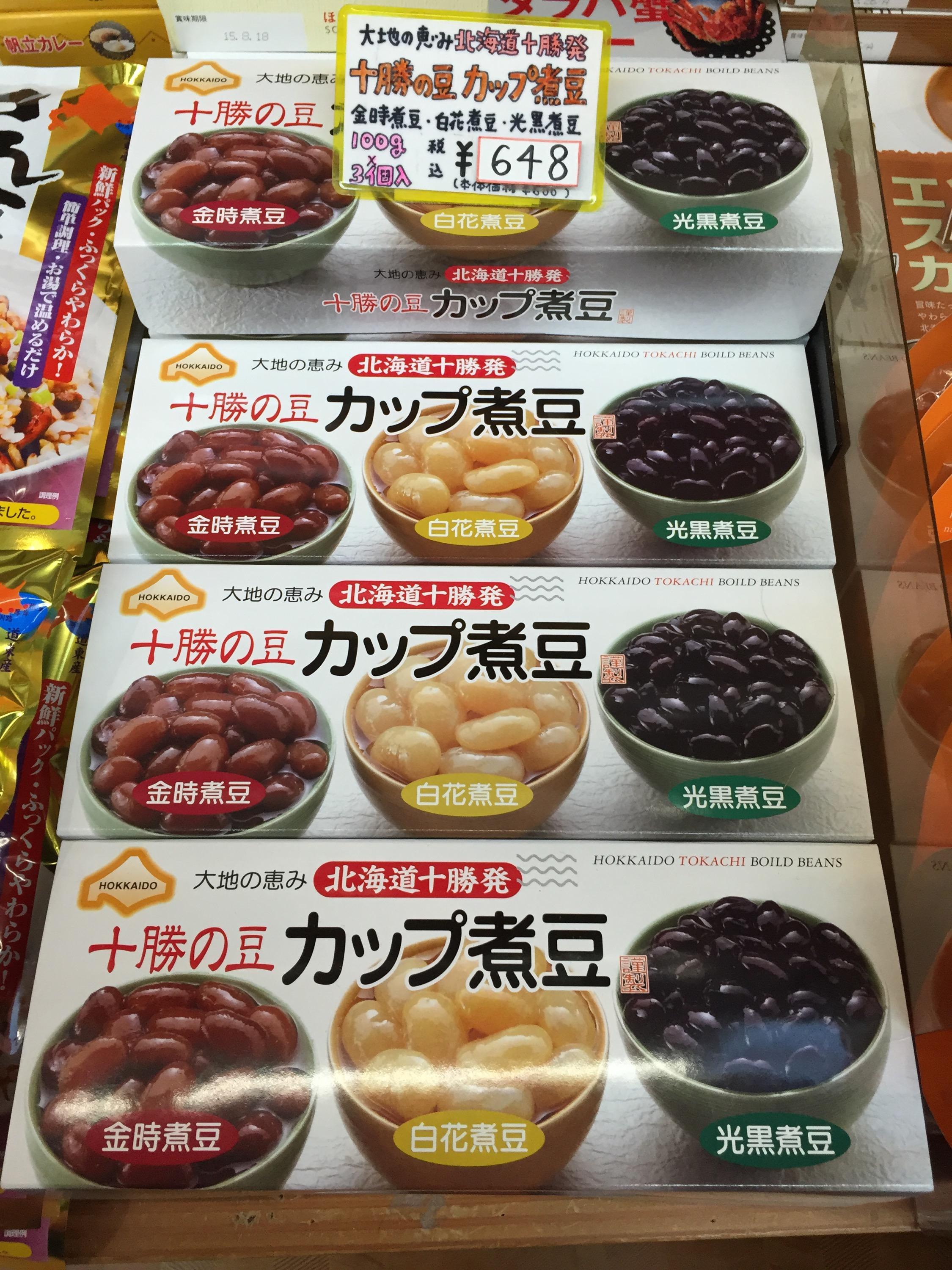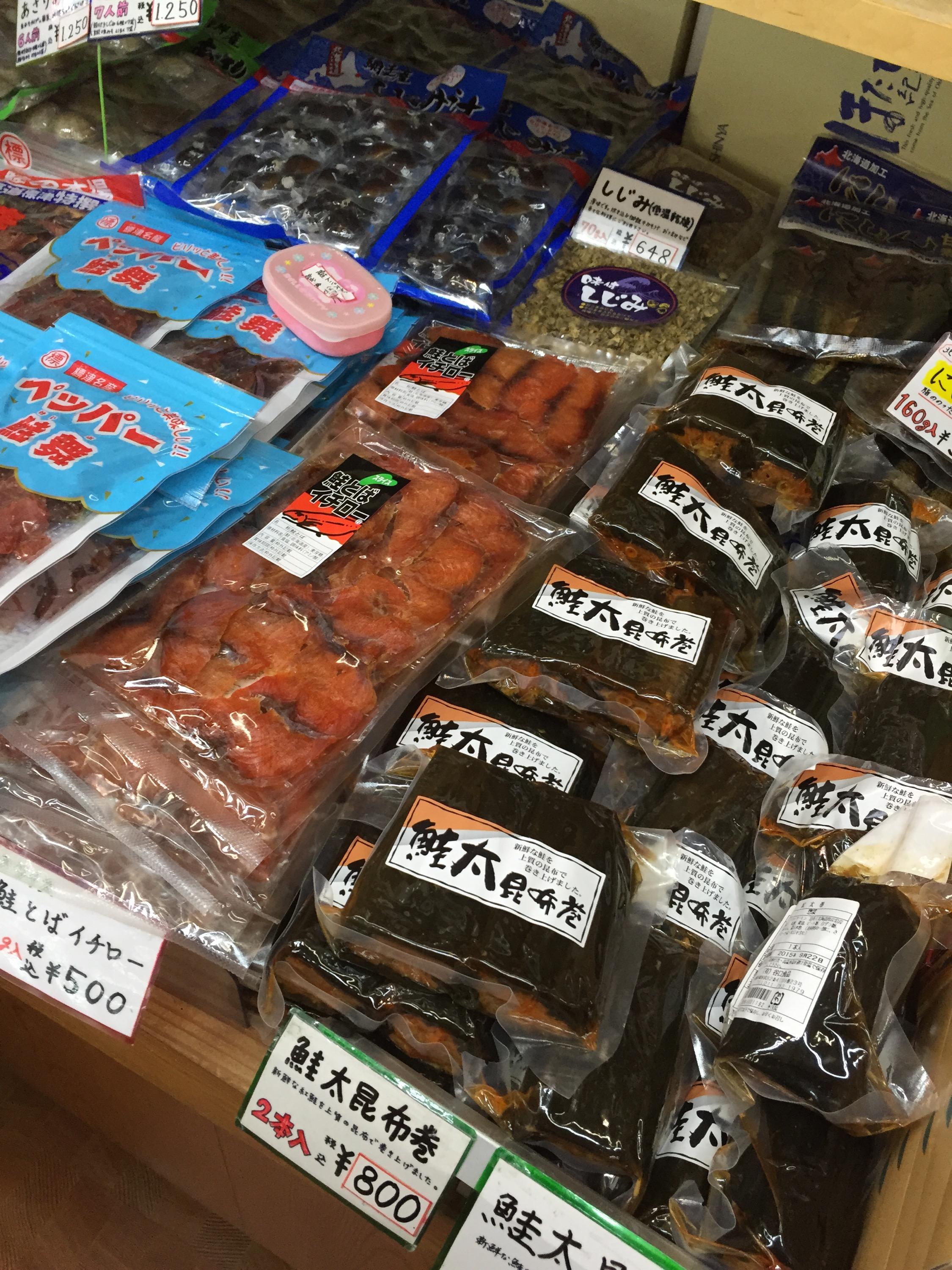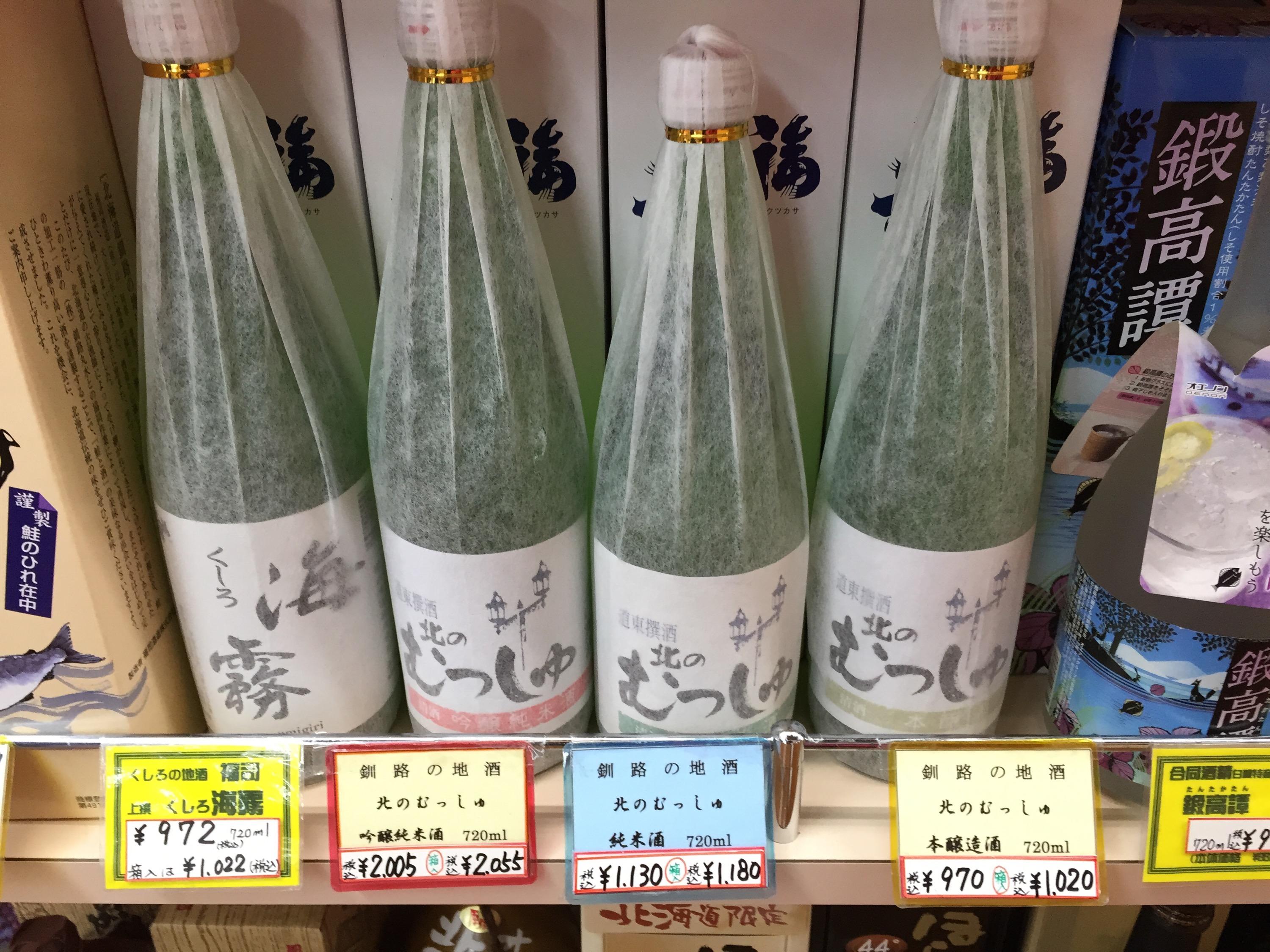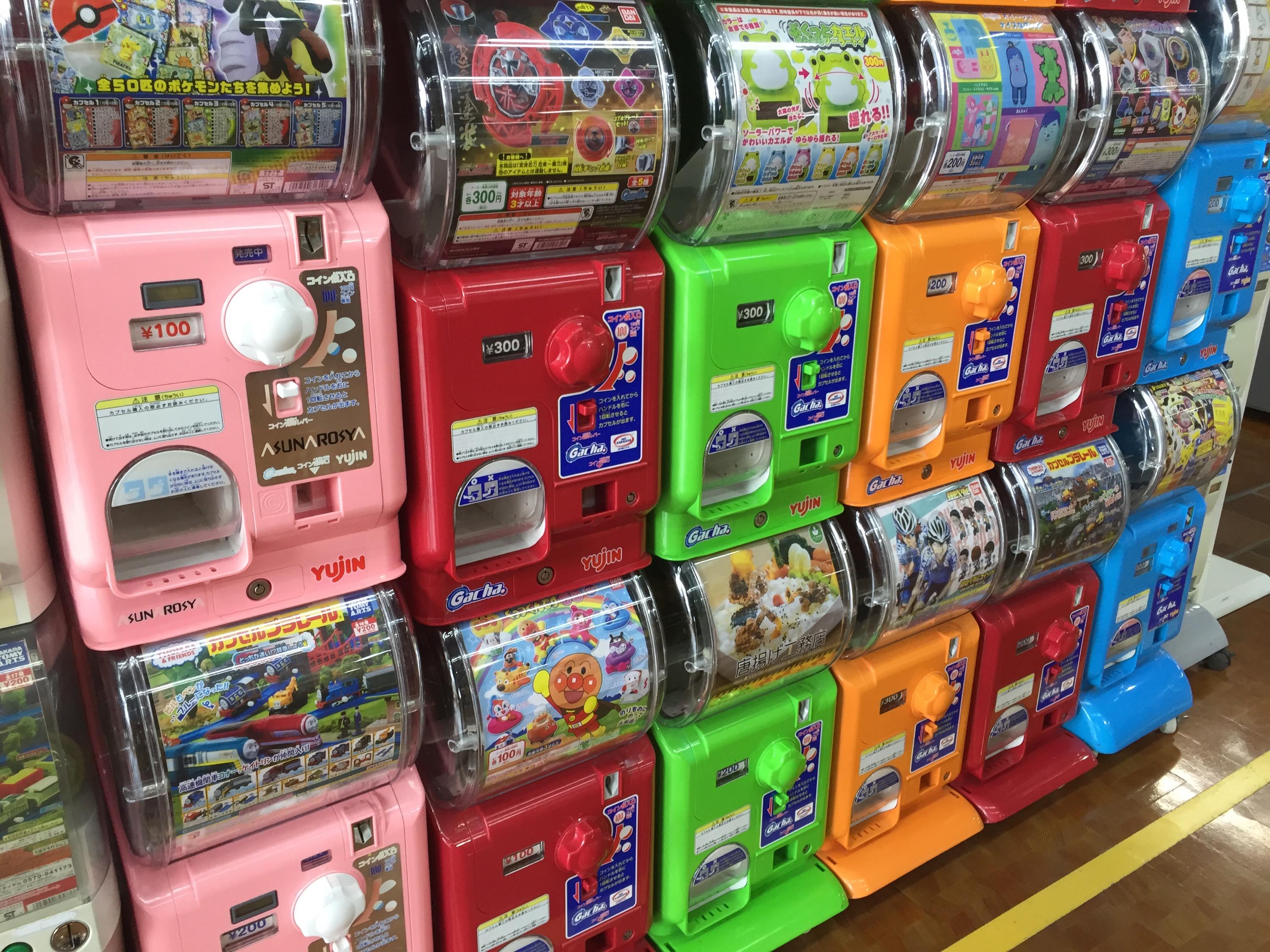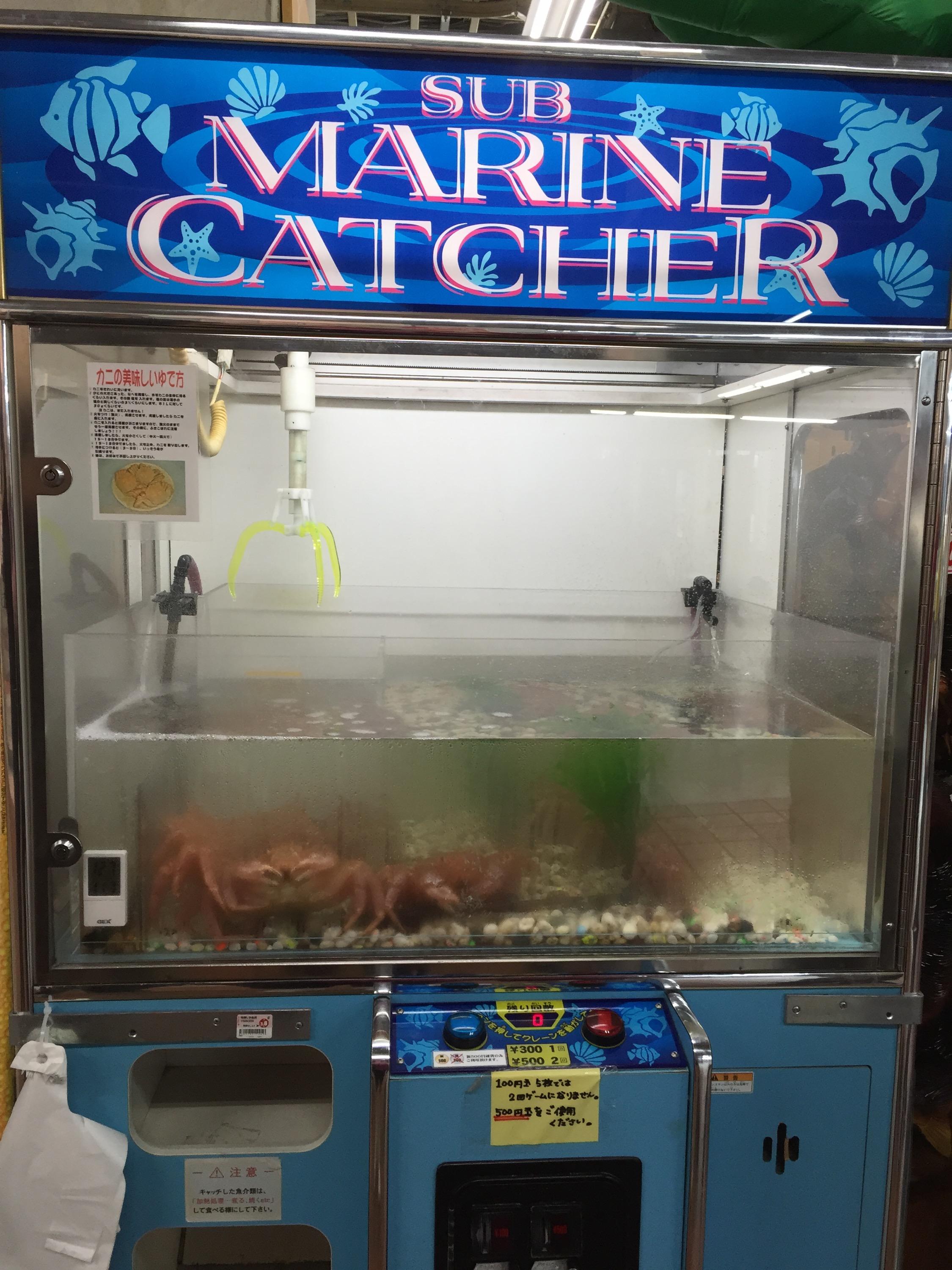Hakodate is the southern most port of Hokkaido and faces Aomori (tomorrow’s port) across the Tsugaru Straits. Another beautiful city famous for its history, amazingly fresh seafood, unique shopping and unusually scenic cityscape.
More famous fish markets! I’d love to live in walking distance to somewhere like this. Fresh fish and seafood right at your doorstep would be amazing and so many sushi restaurants you are the totally spoiled for choice. 
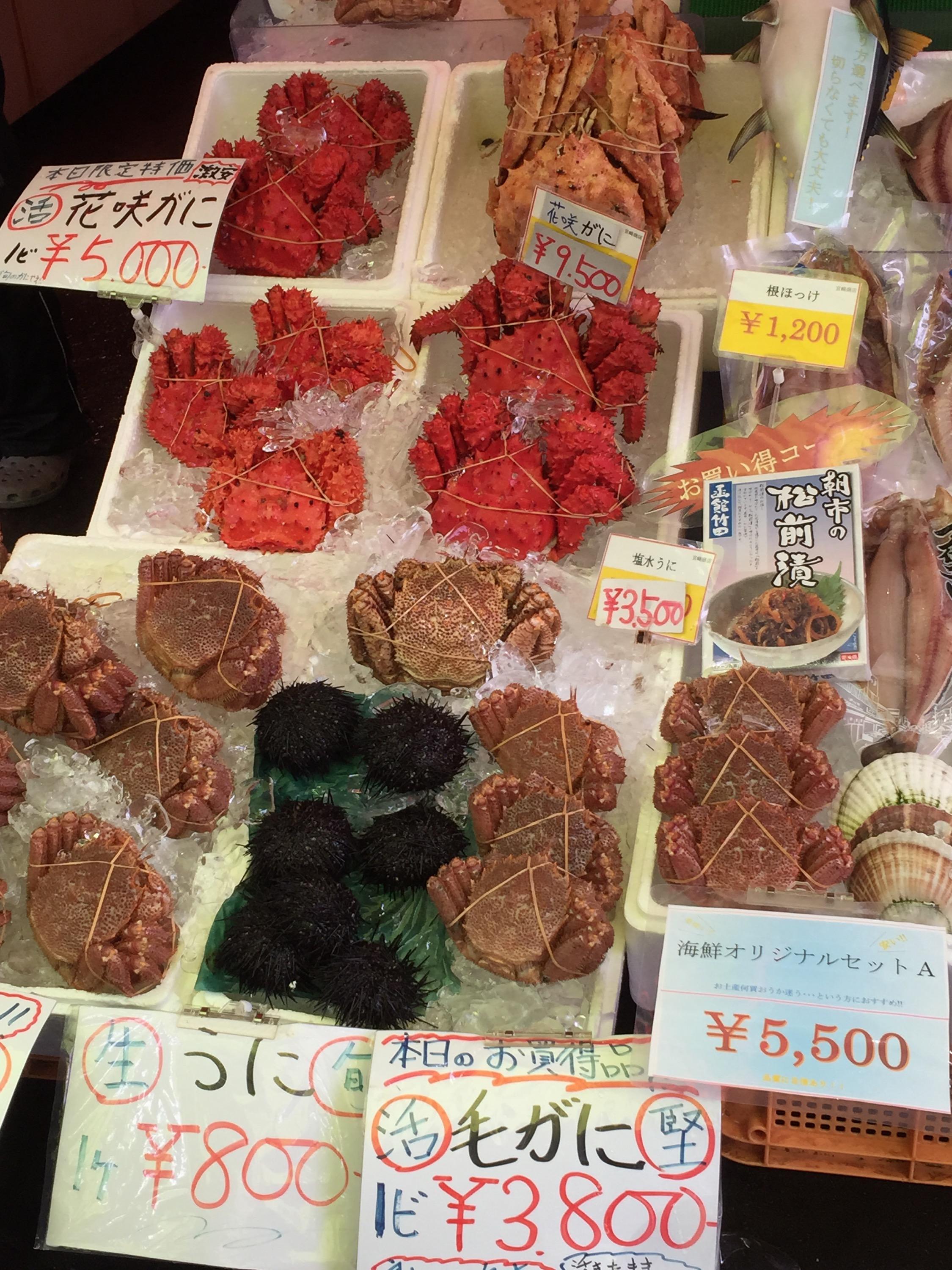




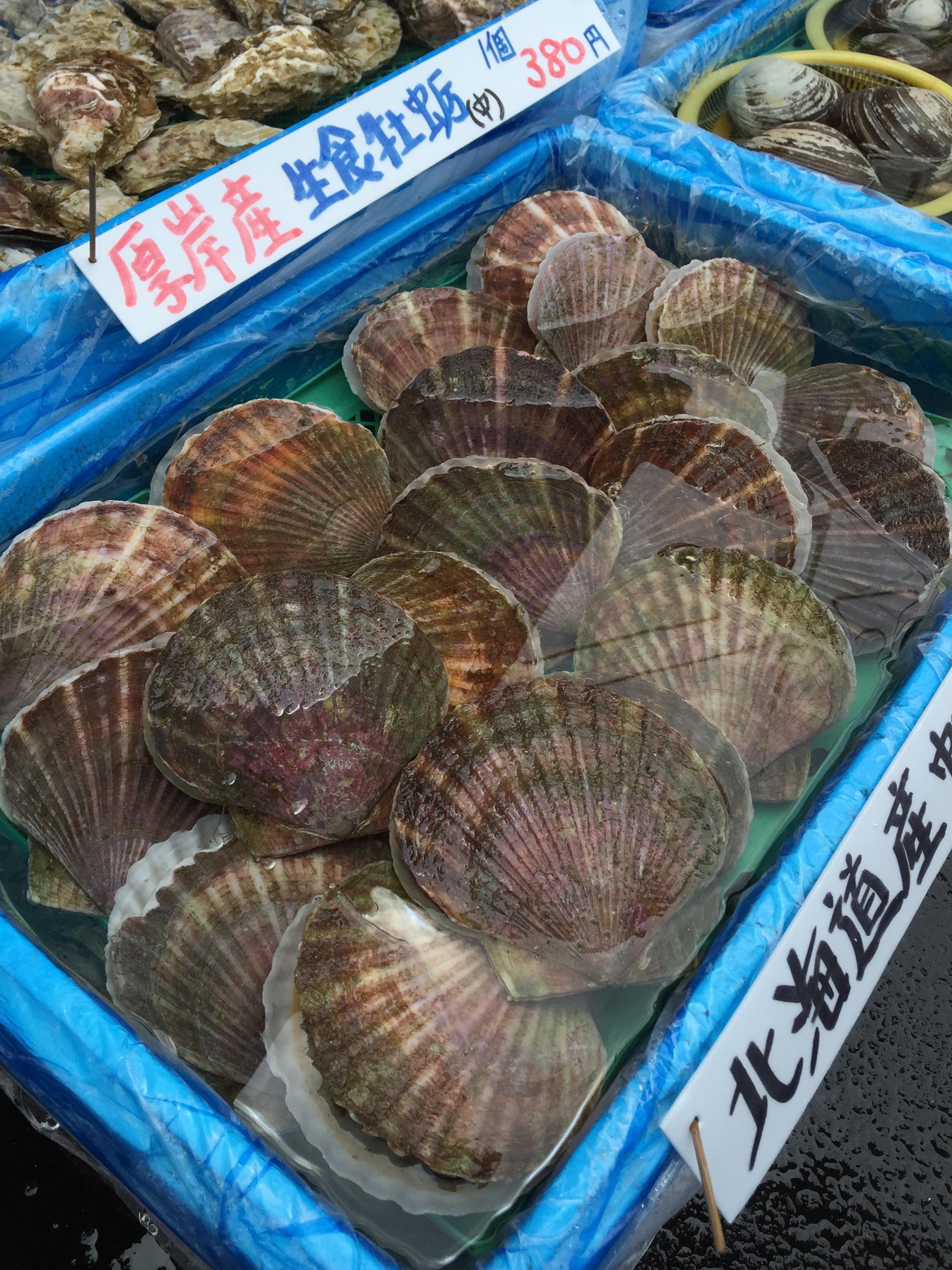

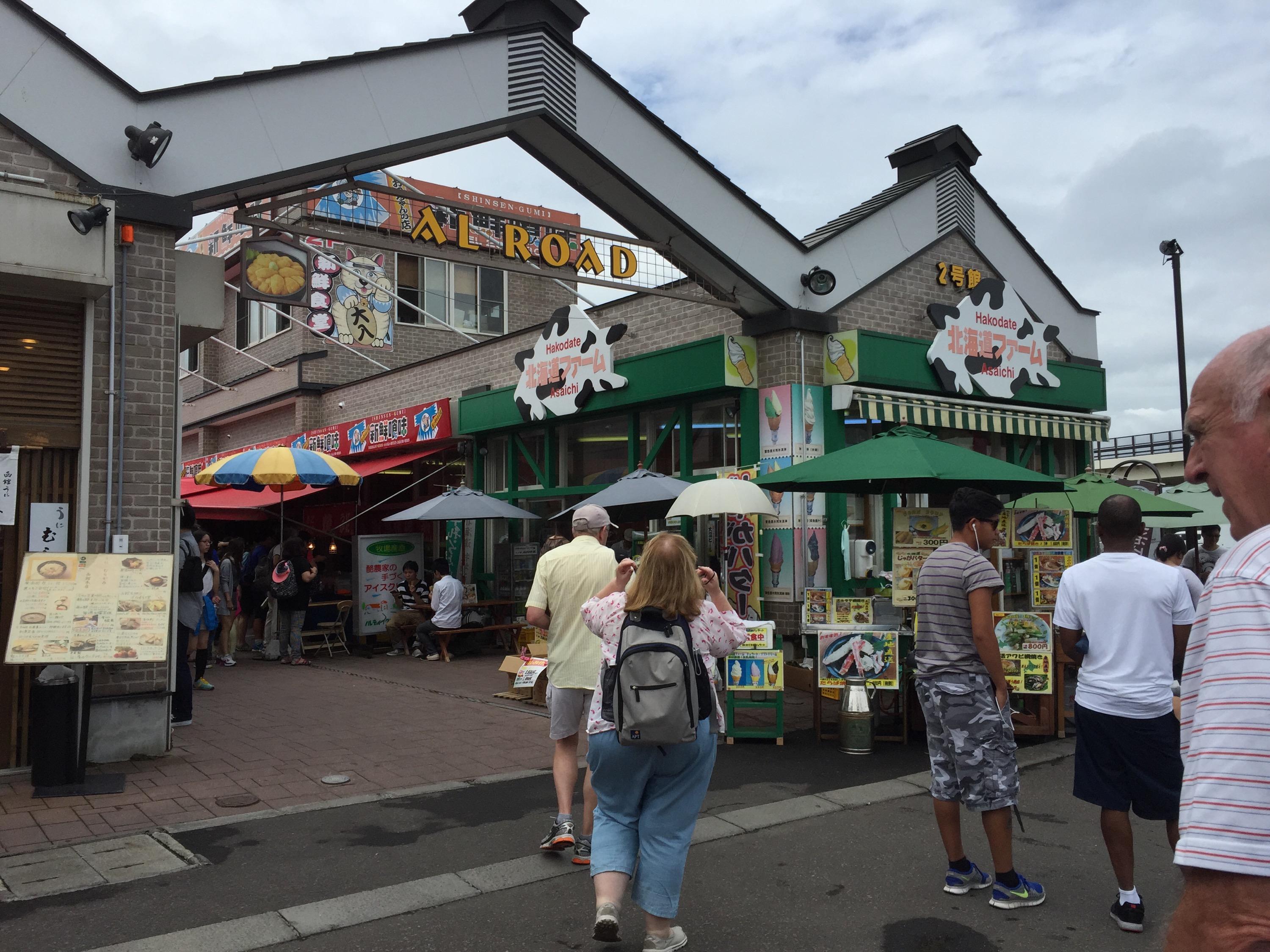


After wandering the morning markets which spans four city blocks has over 400 vendors, we went looking for the Red Brick Warehouses. This is Hakodate’s historic waterfront district which marks the site where the shipyards and original foreign settlements were located. Now, they are transformed into atmospheric shopping centres and the enormous Hakodate Beer Hall. We wandered around shopping for a bit… we seem to be accumulating more and more fragile items, more is the pity – it’s going to make for a packing challenge and a half!
From there we went to the Goryokaku Historic Corridor, which contains, the very cool Goryokaku Tower which has some observation decks that we went up to have a look over the Goryokaku Fort.
In 1854, the Tokugawa shogunate ended its period of isolation that had lasted for over 200 years, and concluded the Treaty of Peace and Amity between the United States and the Empire of Japan. Commodore Perry, who came with his fleet to inspect Hakodate following its designation as an open international port was instrumental in negotiation the American integration into the area.
The Hakodate Magistrate, who was appointed by the Tokugawa shogunate to govern Hakodate and Ezo promoted land reclamation and industrial development while fortifying the defensive capabilities of the area. The Goroyokaku Fort was modelled on European citadel towns.
Construction of the Fort began in 1857 and professional tradesmen and labourers came from all over Japan for the construction of the moat, the stone walls , government offices and housing for government officials. Fort Goryokaku was completed in 1864.
The Fort was overtaken by deserters of the shogunate army, despite the new Hakodate Government sending garrison troops to attacked the deserts on their approach. The deserters were more battle experienced and they routed the garrison troops. Takeaki Enomoto, the leader of the deserters, entered Fort Goryokaku followed by his men flying the Rising Sun flag. The armies of the new Meiji government eventually fought back after many other skirmishes, and regained control of the Fort (lots of people and historical events deleted here, but that’s the Readers Digest version).
The beginning of the Meiji Era saw the end of the turbulent Restoration period, and the Fort evolved into an area of industry. One of the things the Fort was used for was ice. “Goryokaku Ice” was collected and sold from the fresh water in the moat in areas as remote as Honshu… apparently the ice trade from the moat’s fort became quite the thriving industy.
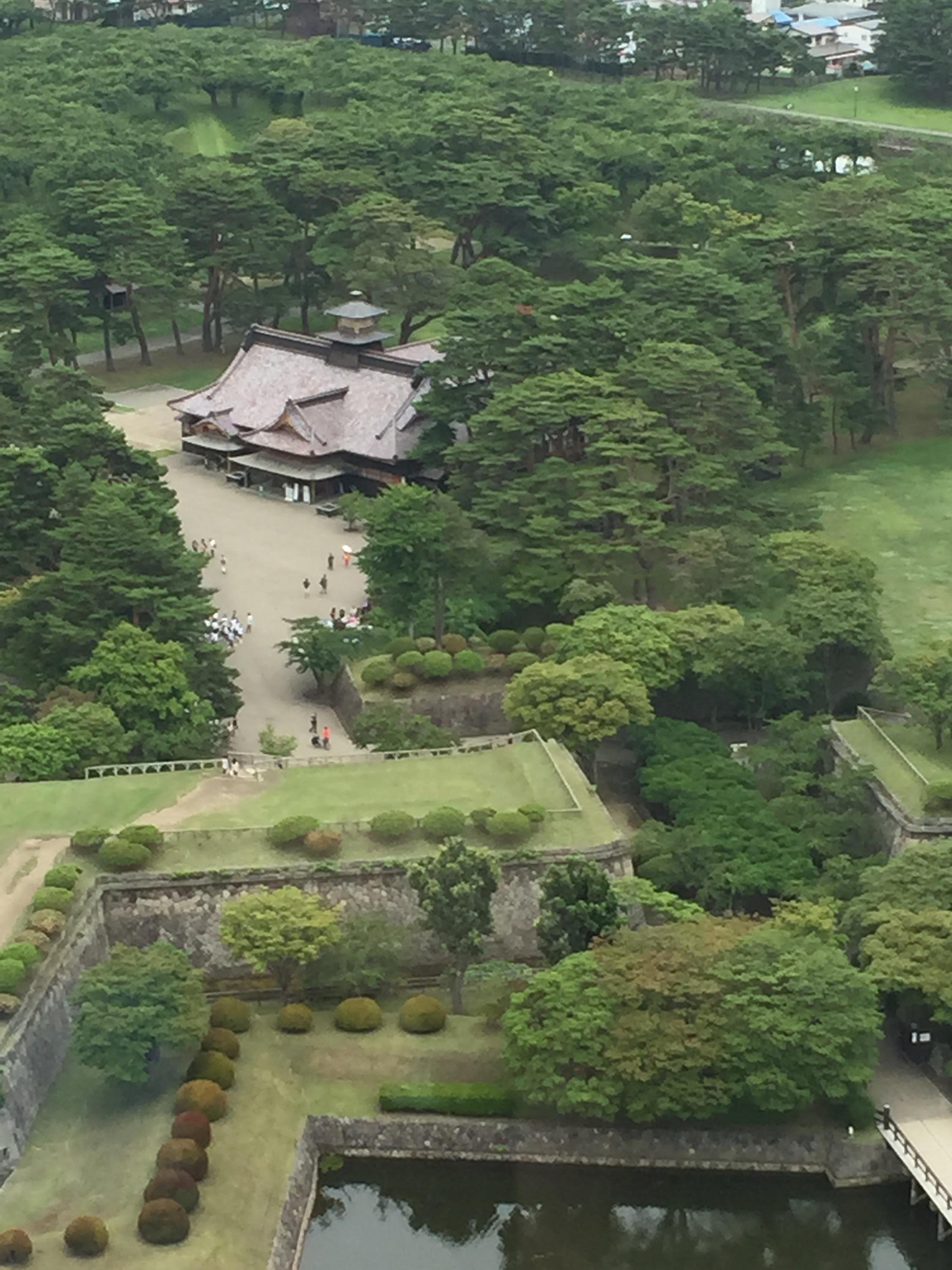

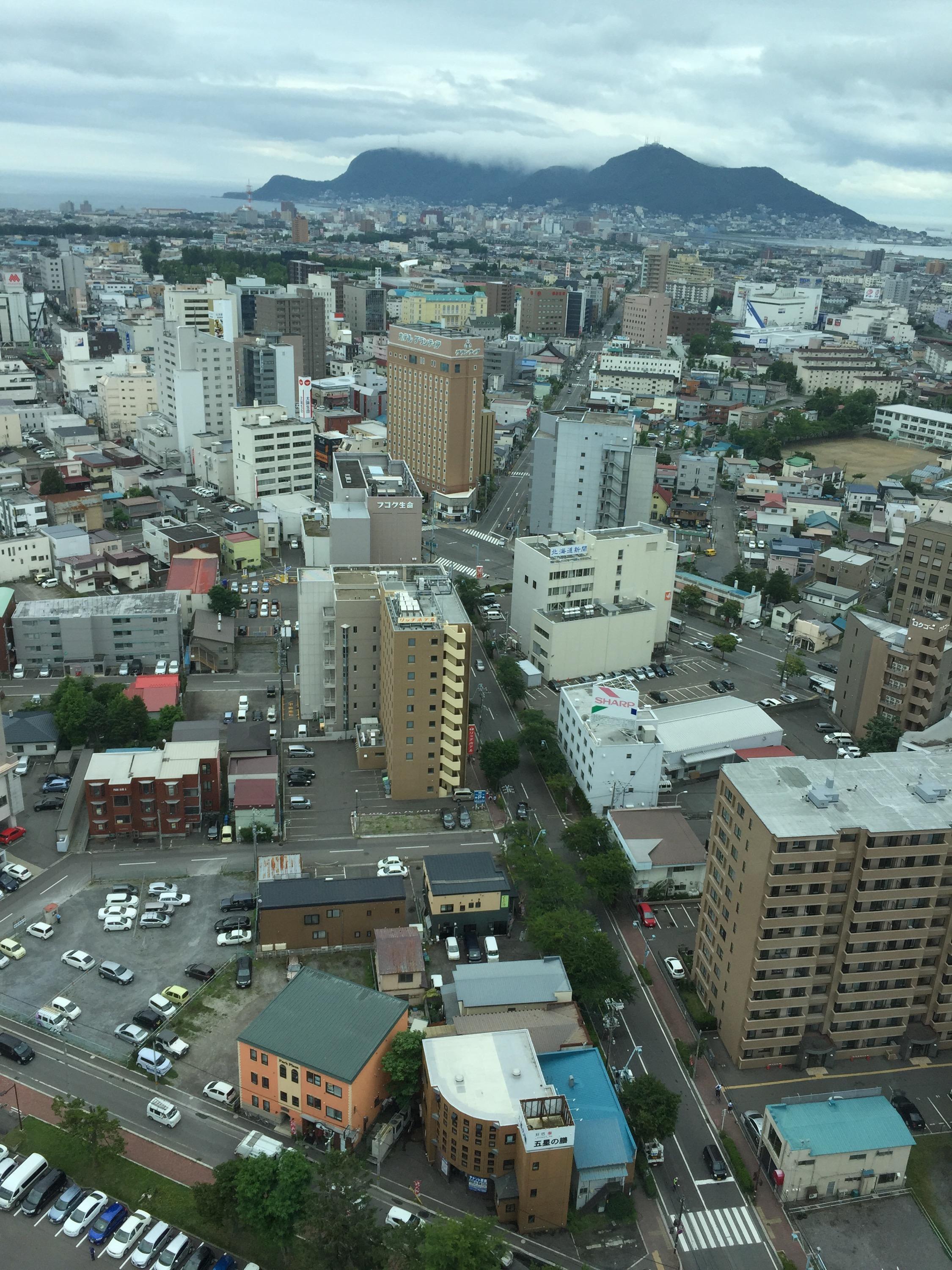
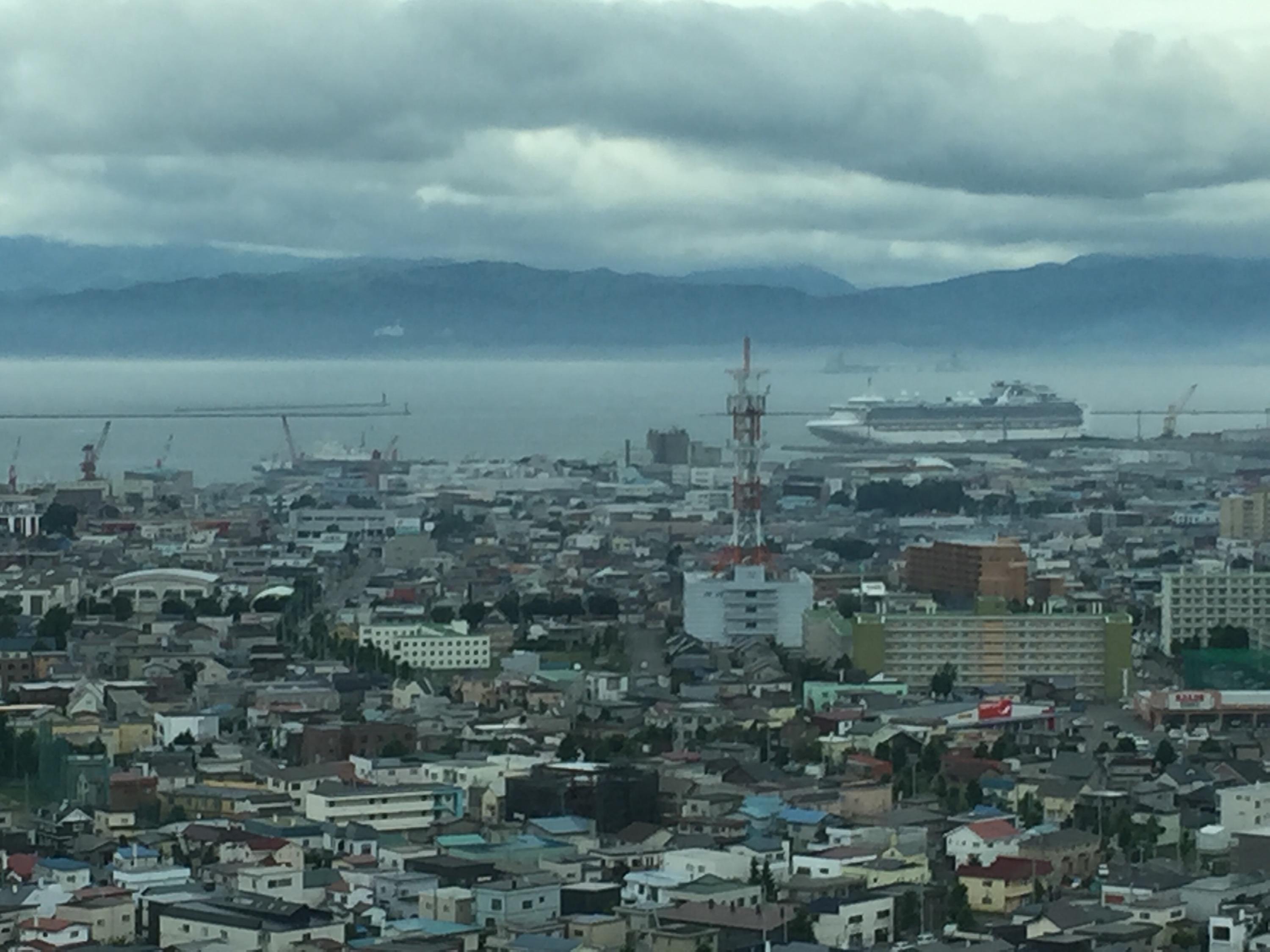



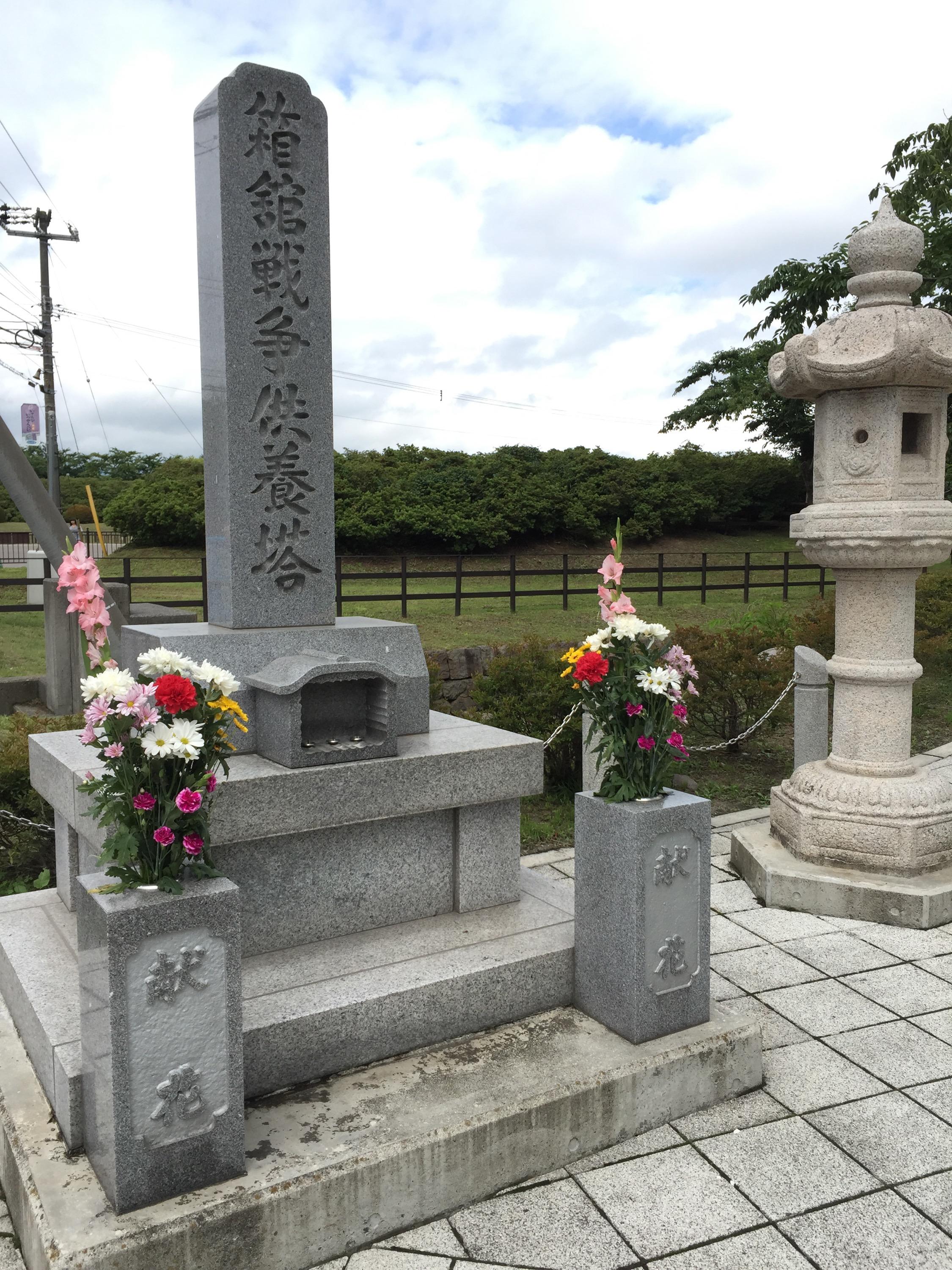

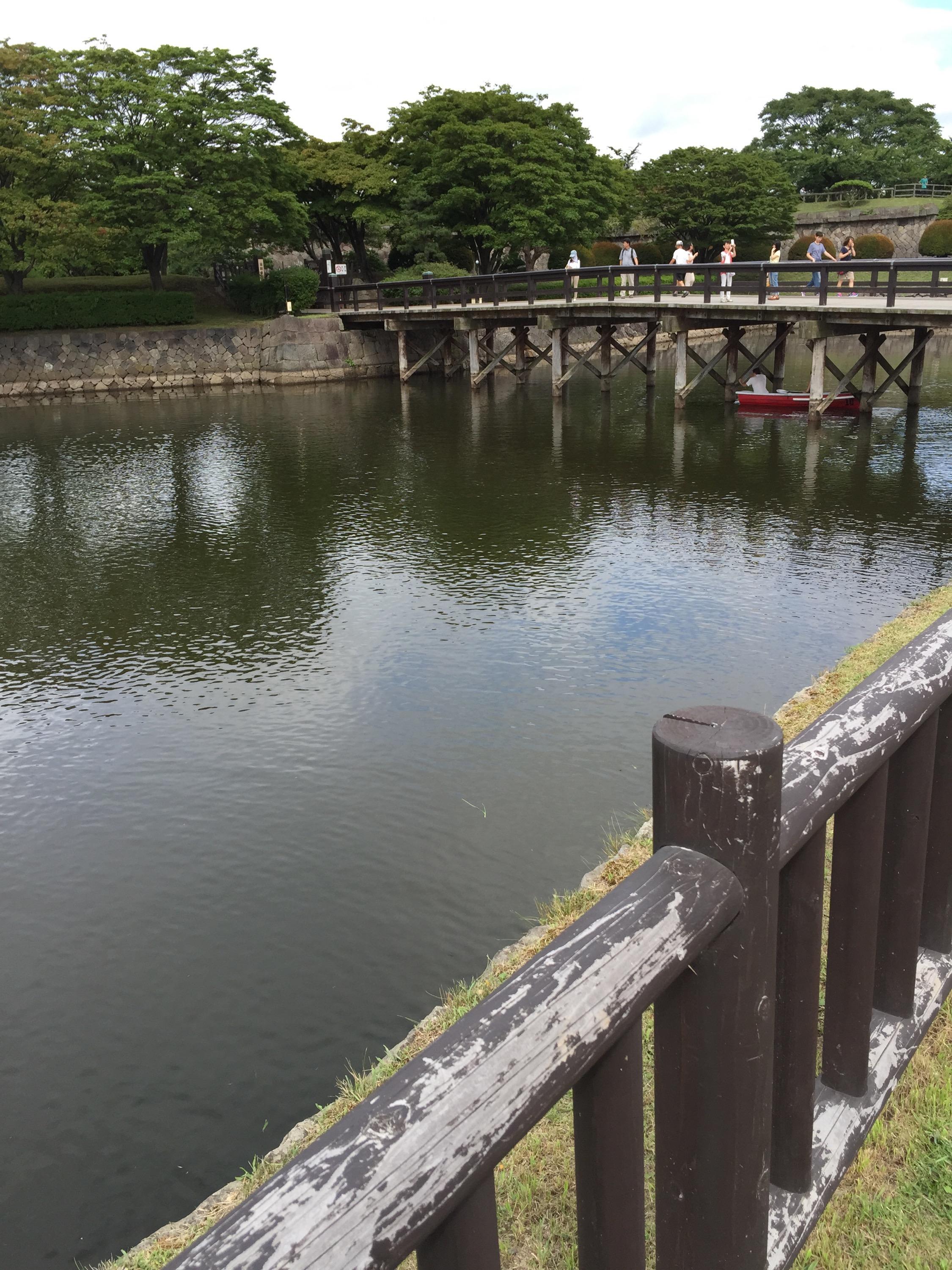

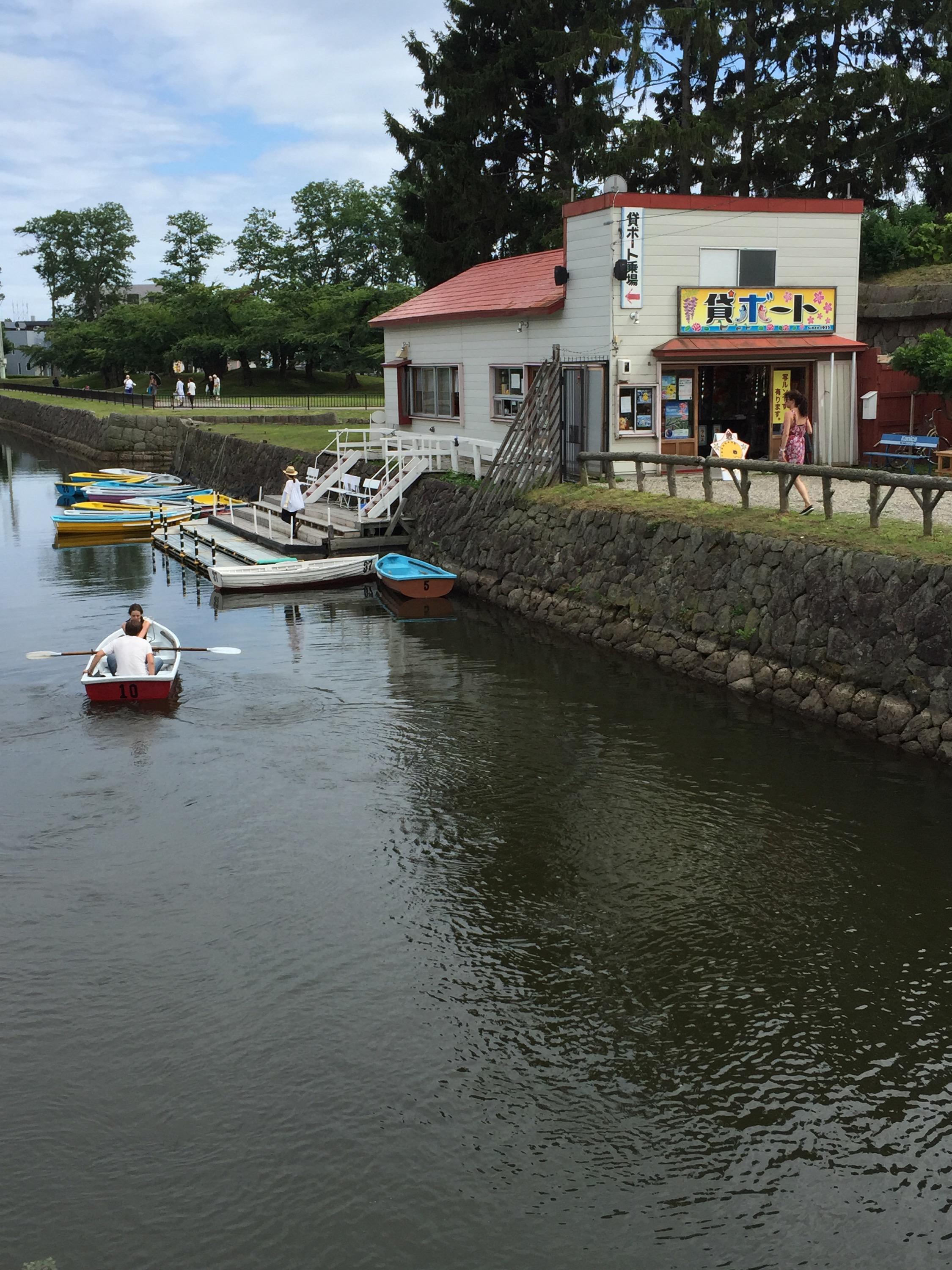



This is the Magistrates house. Built in the late 1800s, it has recently been complete renovated/restored and now looks completely new inside. We have seen plenty of buildings (mostly temples) from this era, but nothing like this. This building has been restored in accordance with the original plans and using the original materials… this is what one of these gorgeous buildings would have looked like when they were brand new and built for purpose. I love the tatami mats everywhere – it has me wondering why our floors at home have hard tiles anywhere in our houses, I also love the multipurpose layout of most buildings – a room can have many purposes depending on the time of day and the day of the week. It’s very versatile with all the sliding screens making for private and open spaces. 
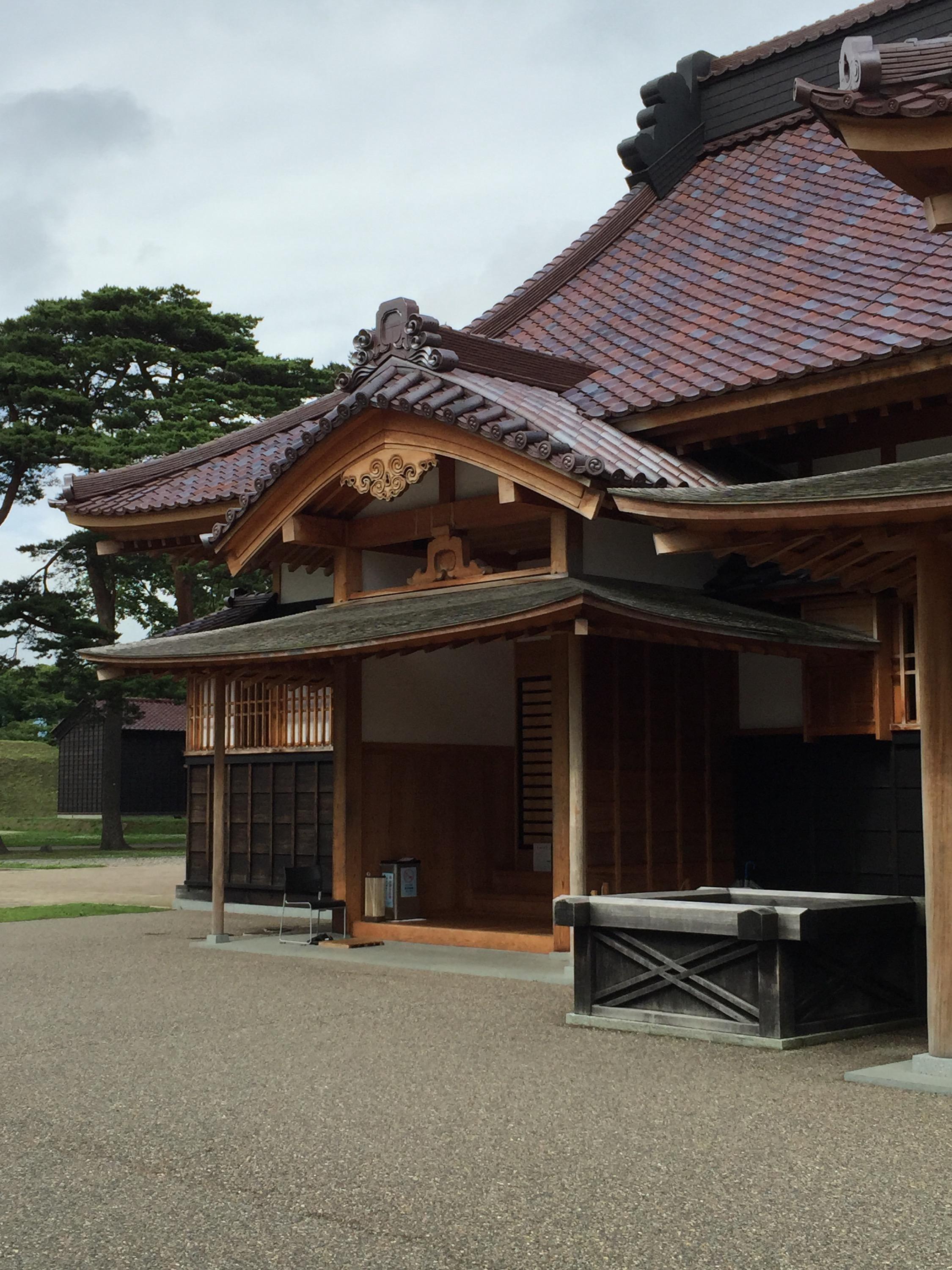

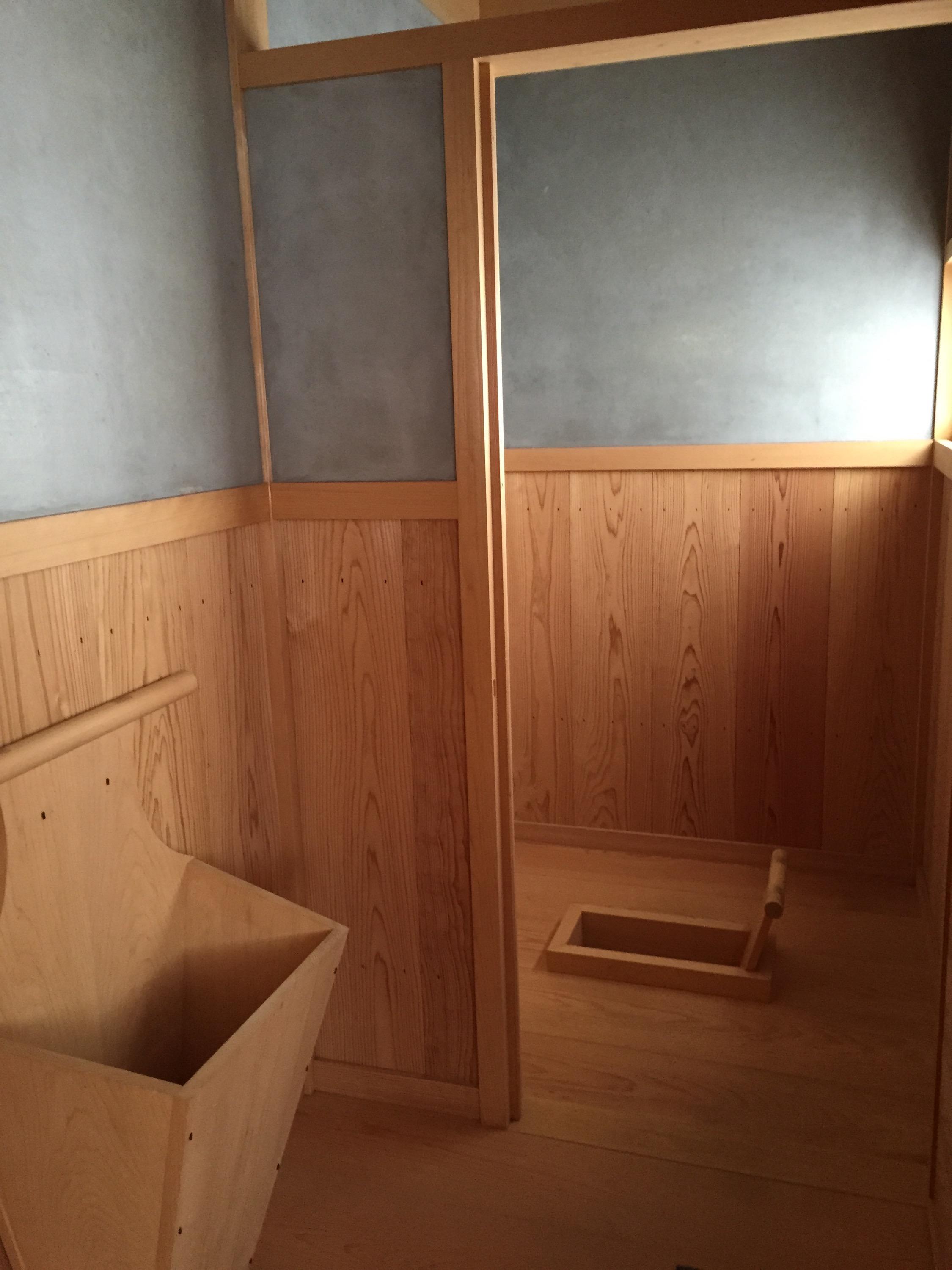
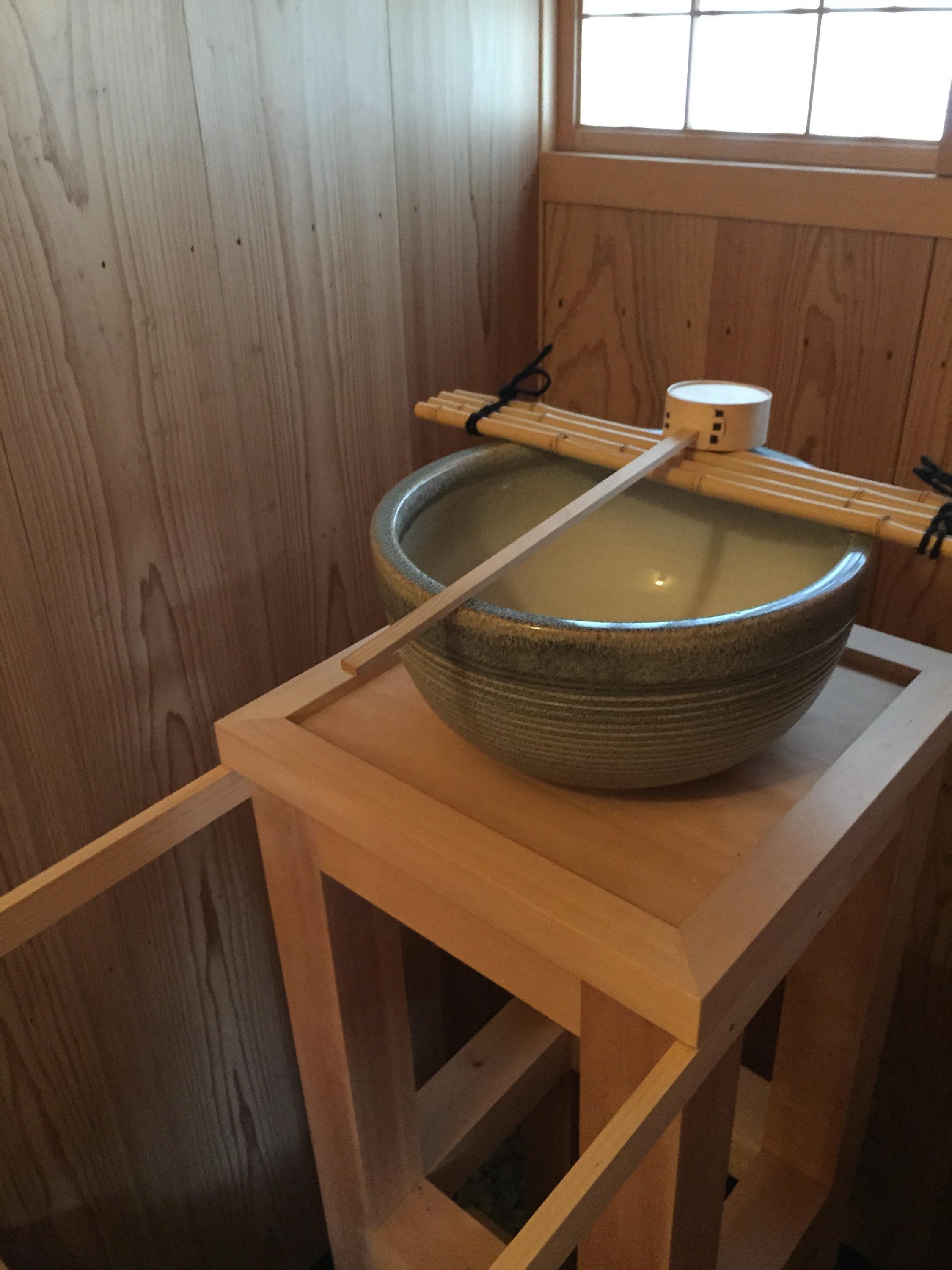
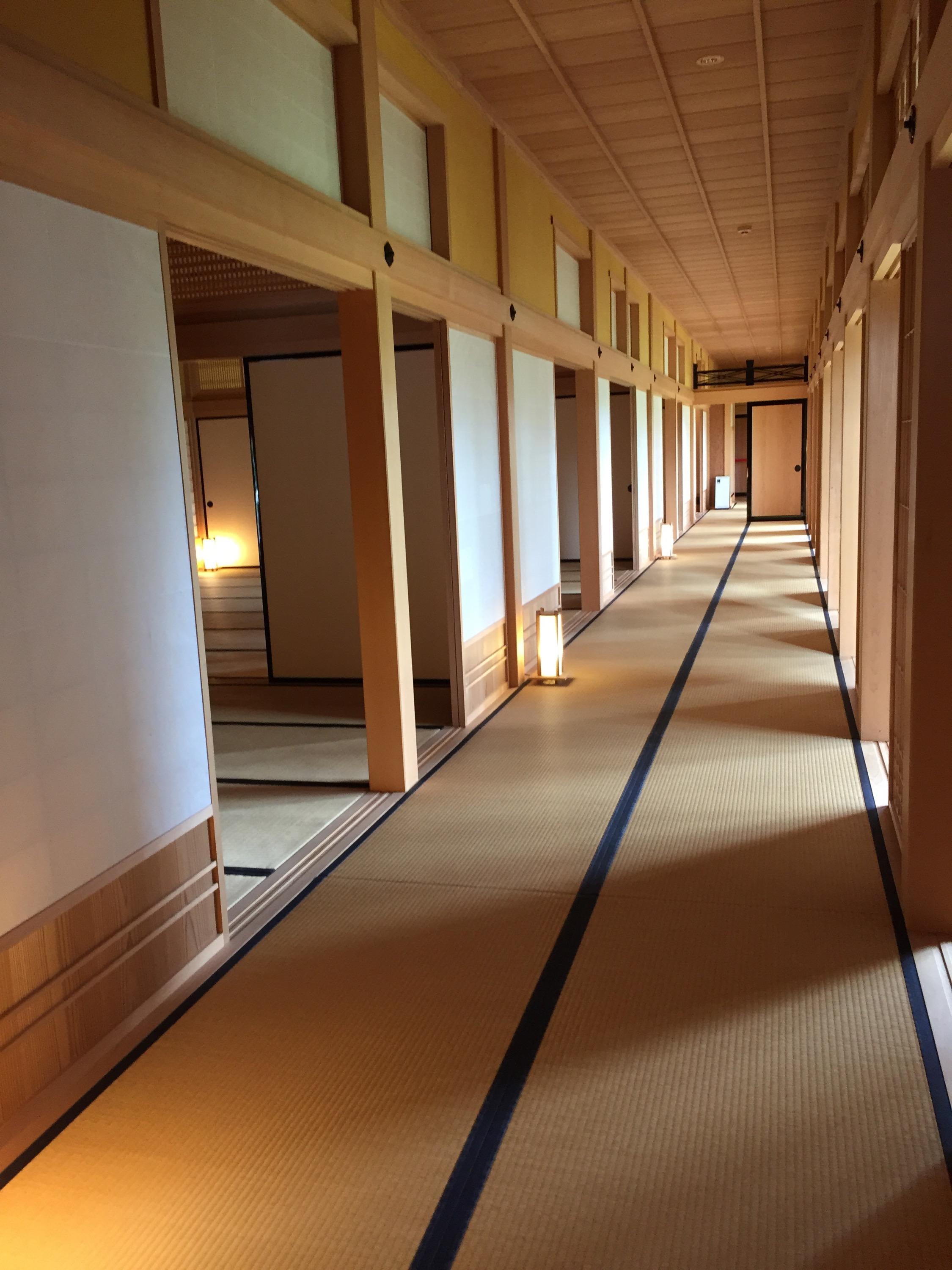
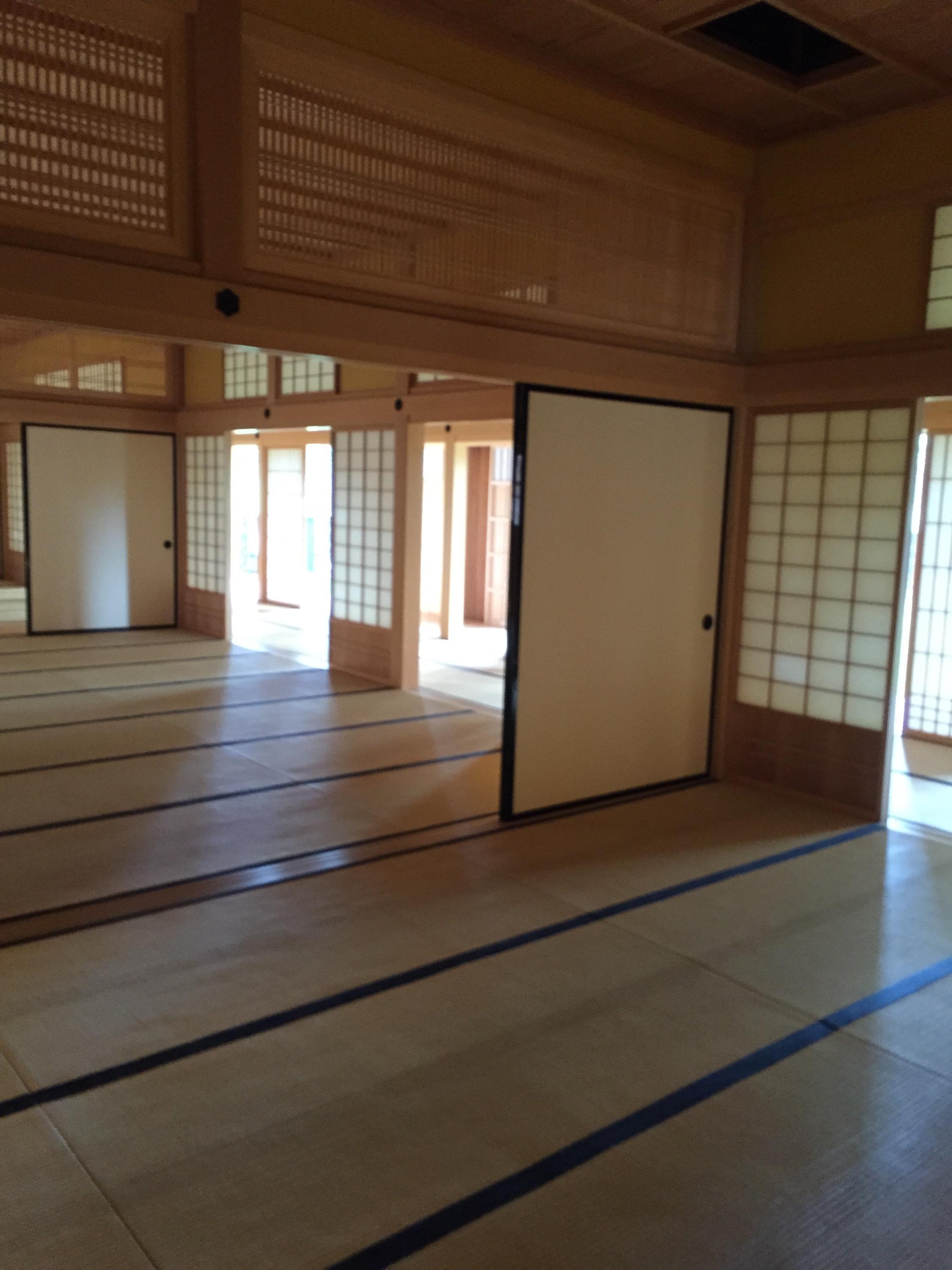
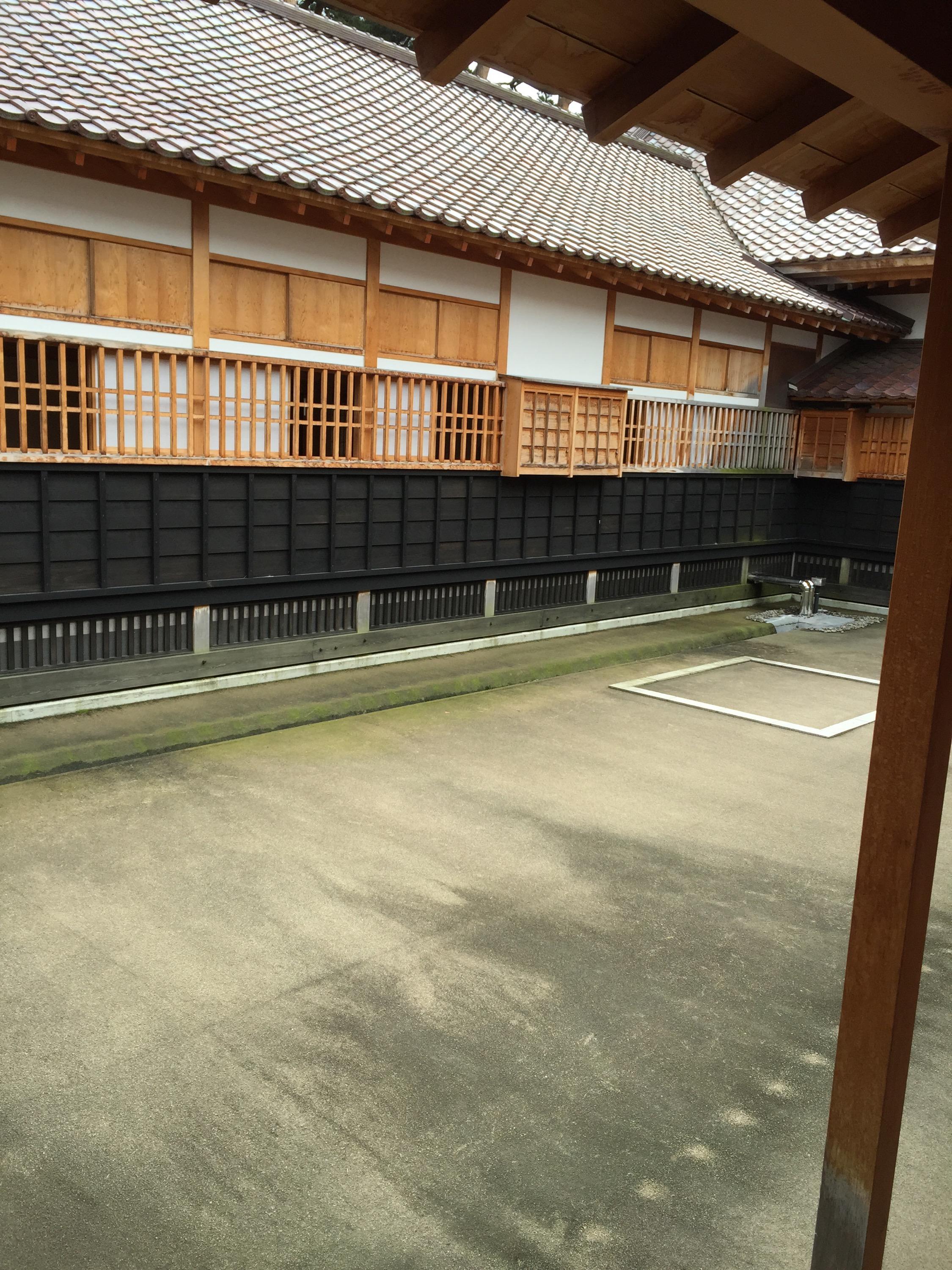
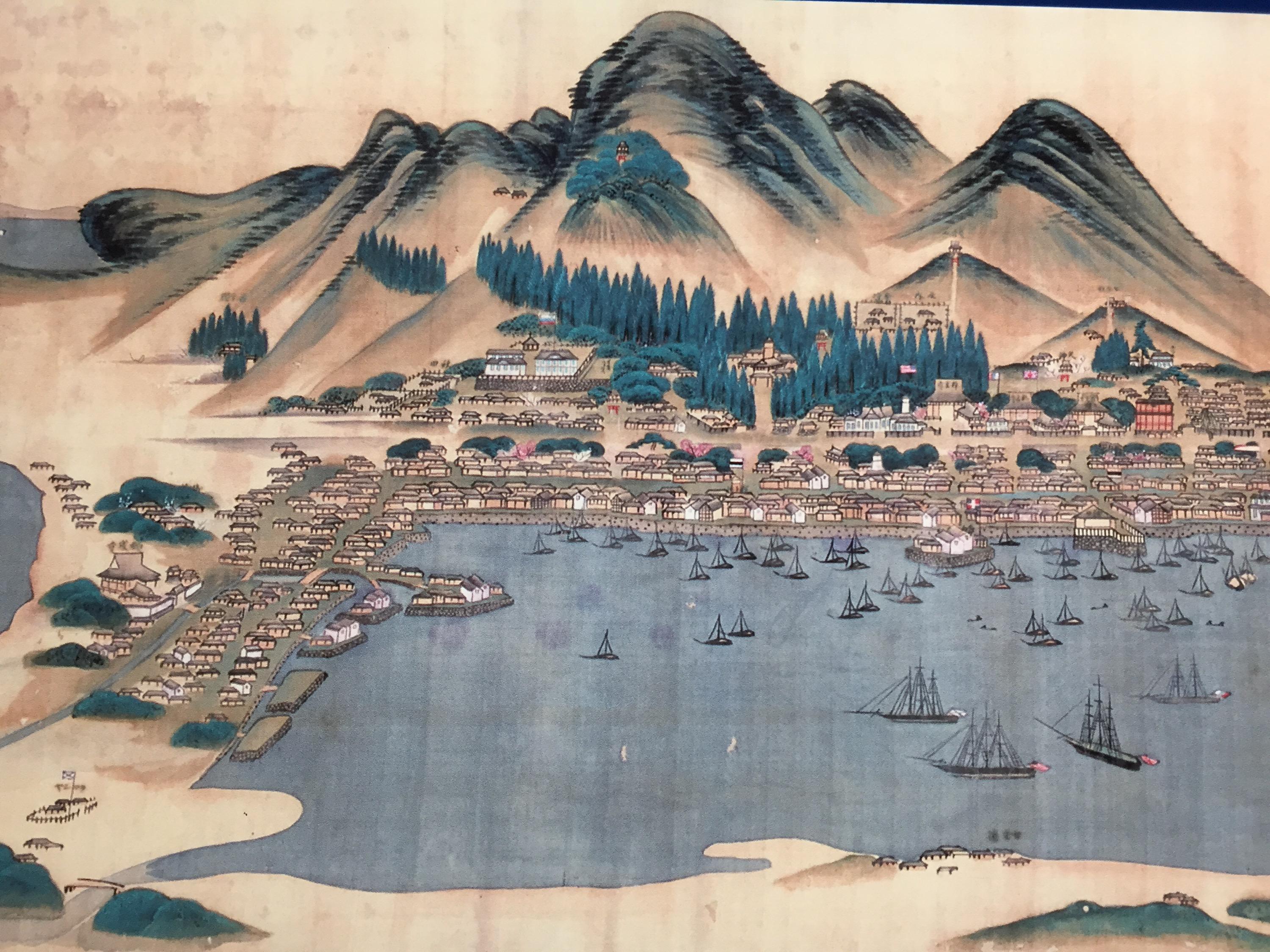

So, after checking out the Magistrates House, and a rather big day of running around Hakodate we head back to the ship for a bit of late lunch and potter about before tonight’s outing.
The ship was having a traditional folkloric dance group on board and we tried to catch some of it before we had to head out. It was some dancers dressed as maiko and geiko. I’ve never seen any kind of dance quite like it… The movements of the dance seemed in no way connected to the beat or rhythm of the music. Just bizarre.
 (sorry about poor image quality but it was all I could do under the theater conditions).
(sorry about poor image quality but it was all I could do under the theater conditions).
After this, a little ten year old boy came out and did a traditional samurai dance culminating in a hari-kari ritual suicide enactment we decided to call it quits and joined our tour group… weird.
Off to the Mt Hakodate Ropeway which is a cable car to a famous observatory/lookout with Japan’s third best view (and before anyone asks – No. I have no idea what the number one and two best views are, but they very proudly boast this as the third).
Crammed into bus. Walked up loads of steps. Crammed into gondola and up we went.
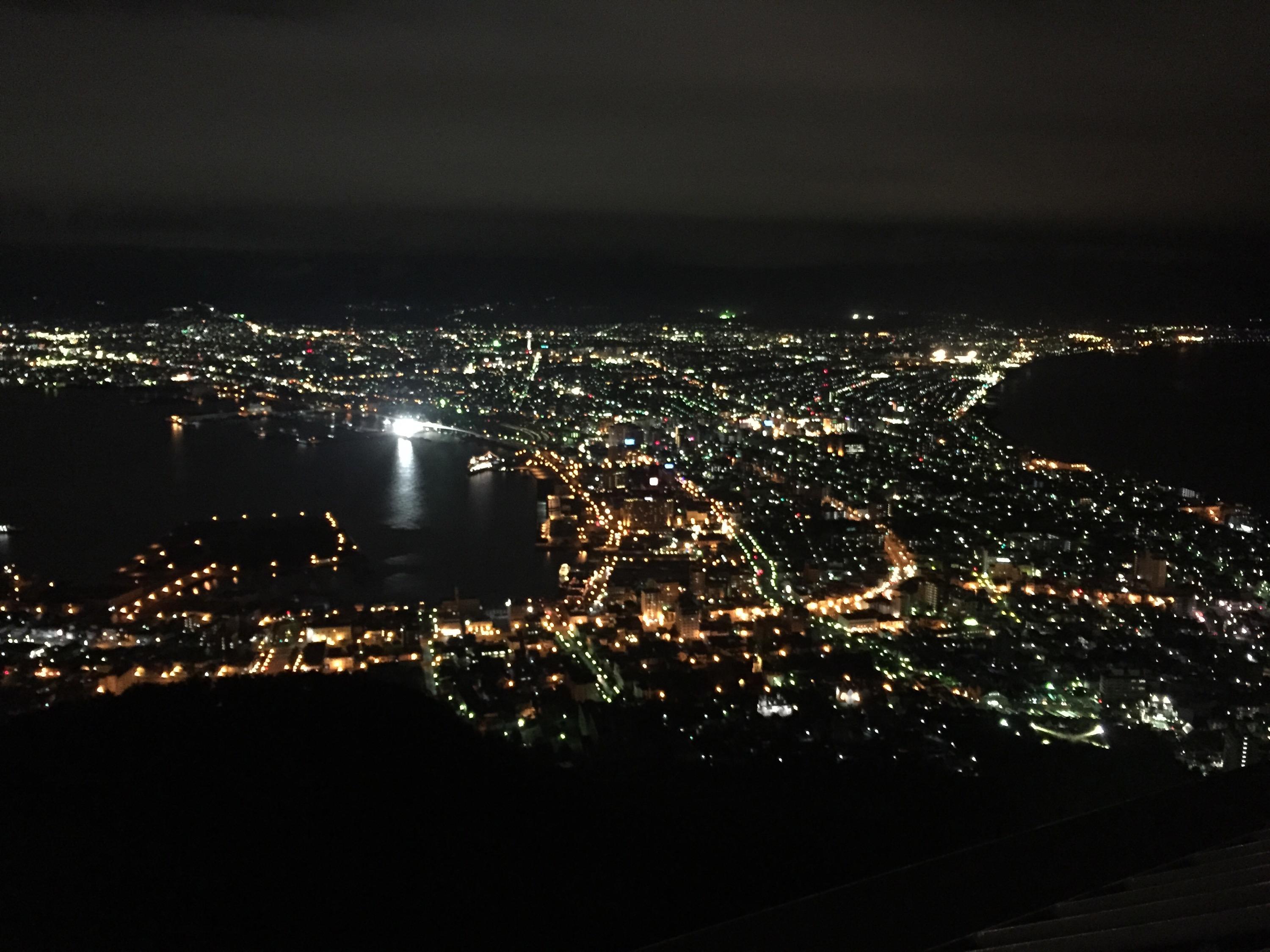 Better photos in the real camera.
Better photos in the real camera.
Then funneled into the gift shop like all good attractions and back on bus and back to ship! I’m really quite tired now. 


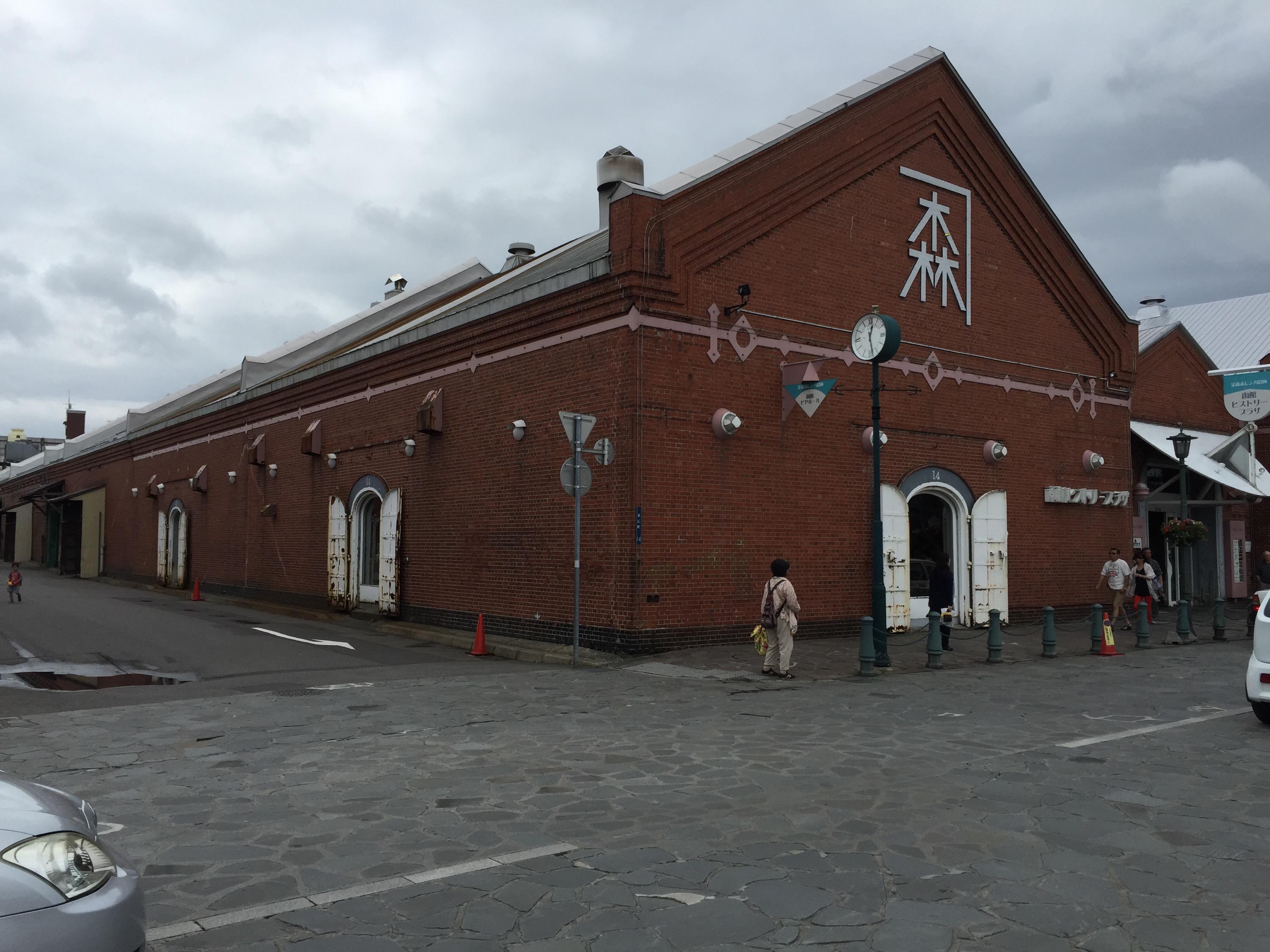

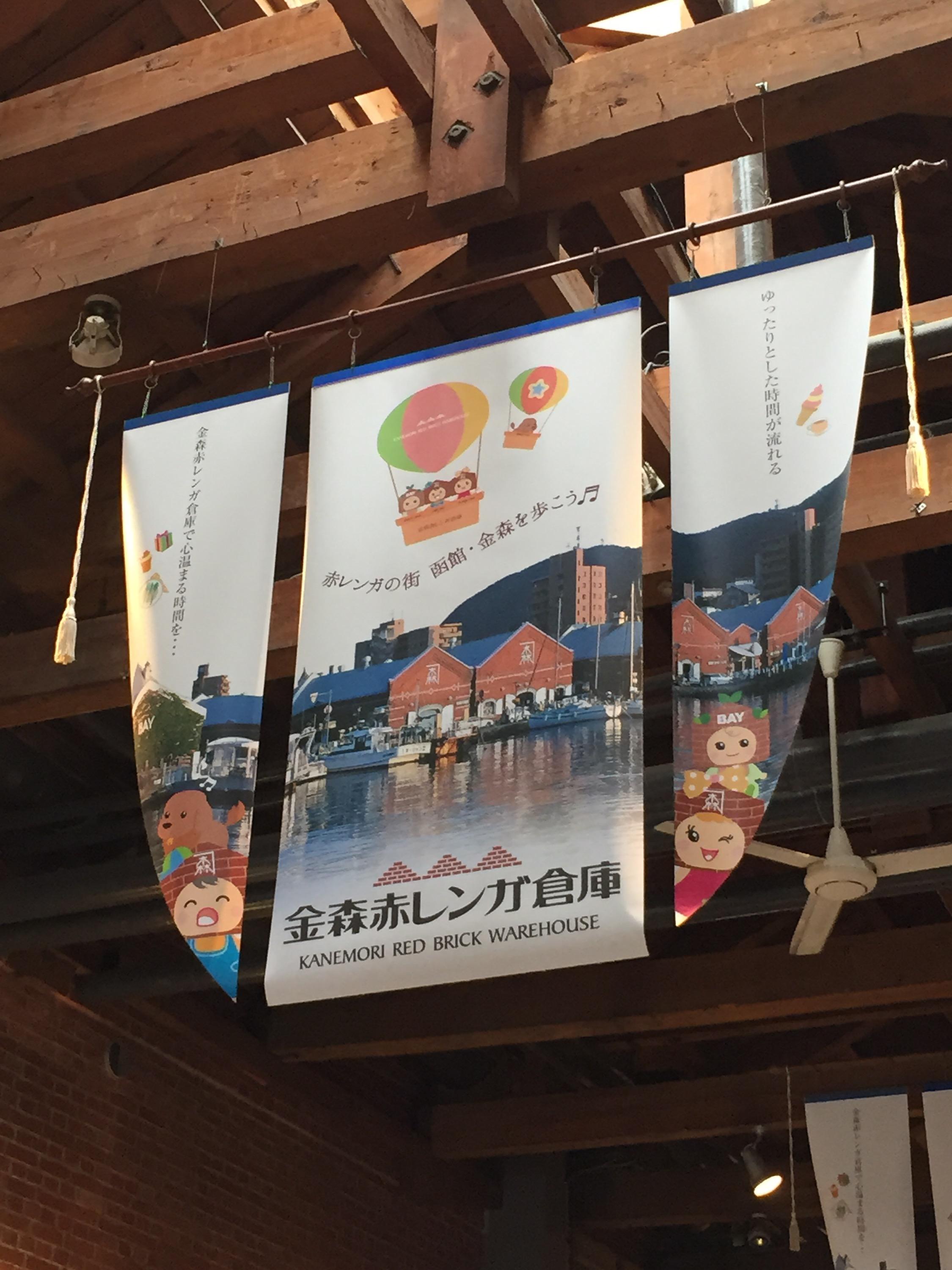


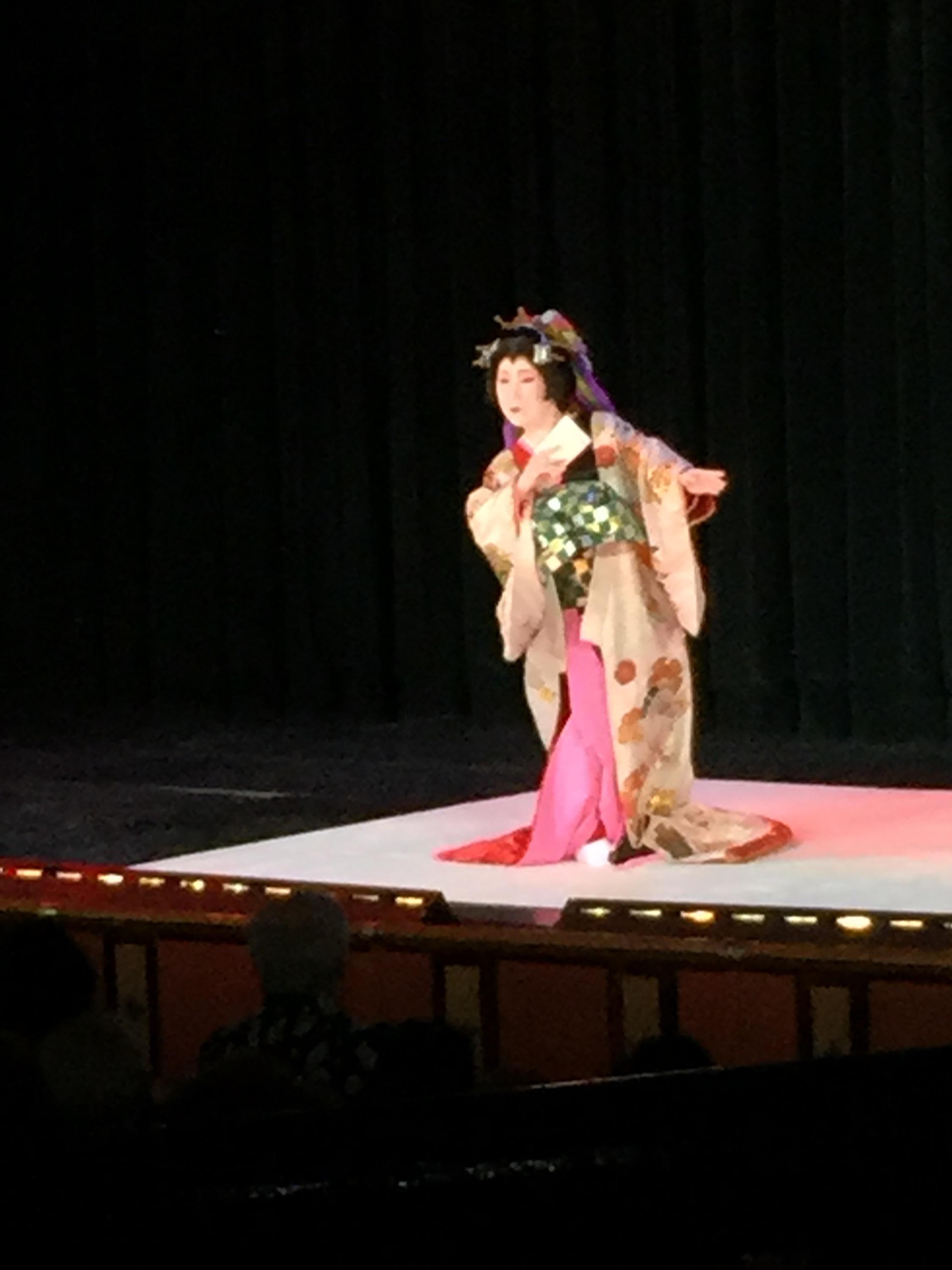
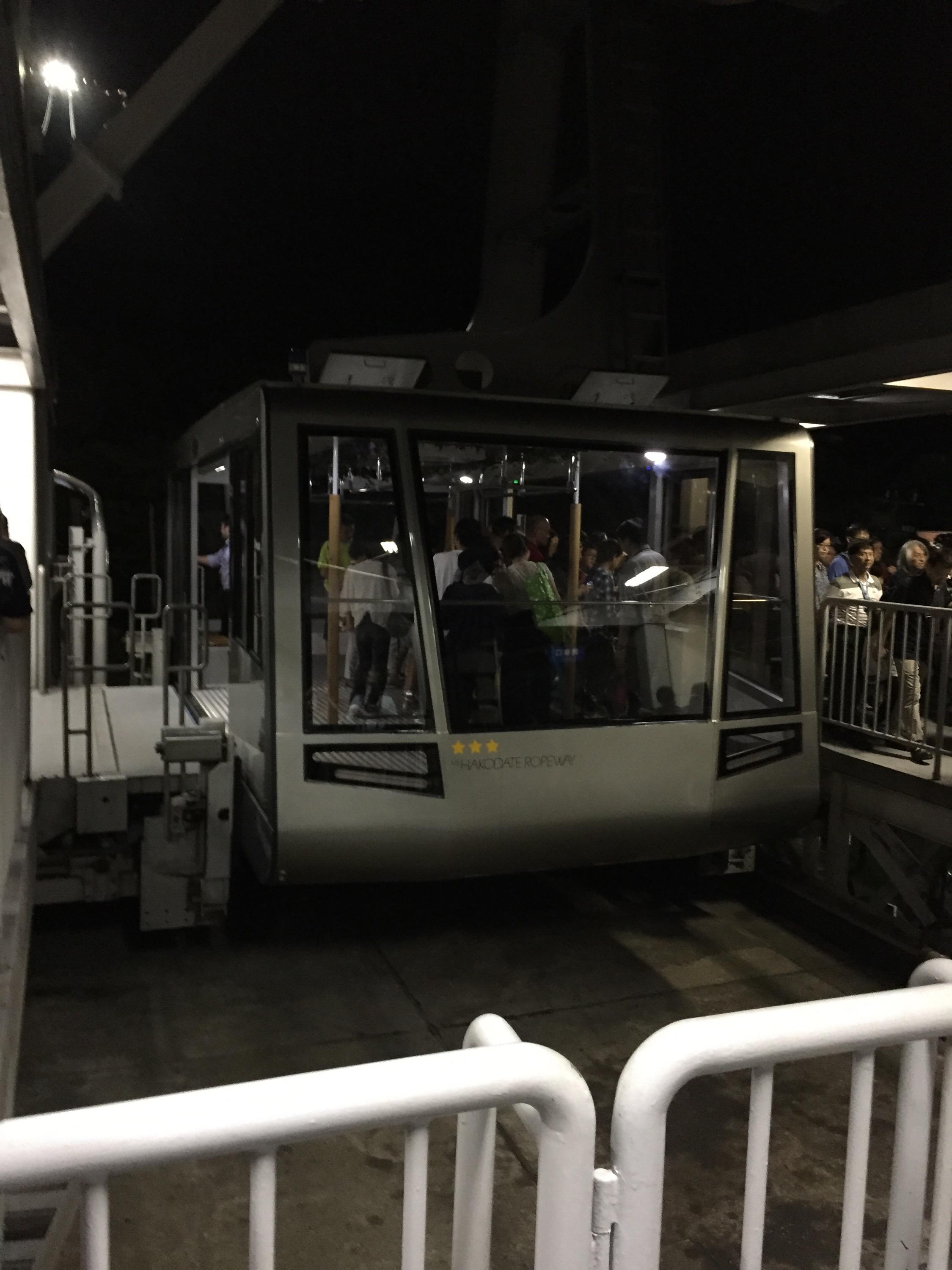


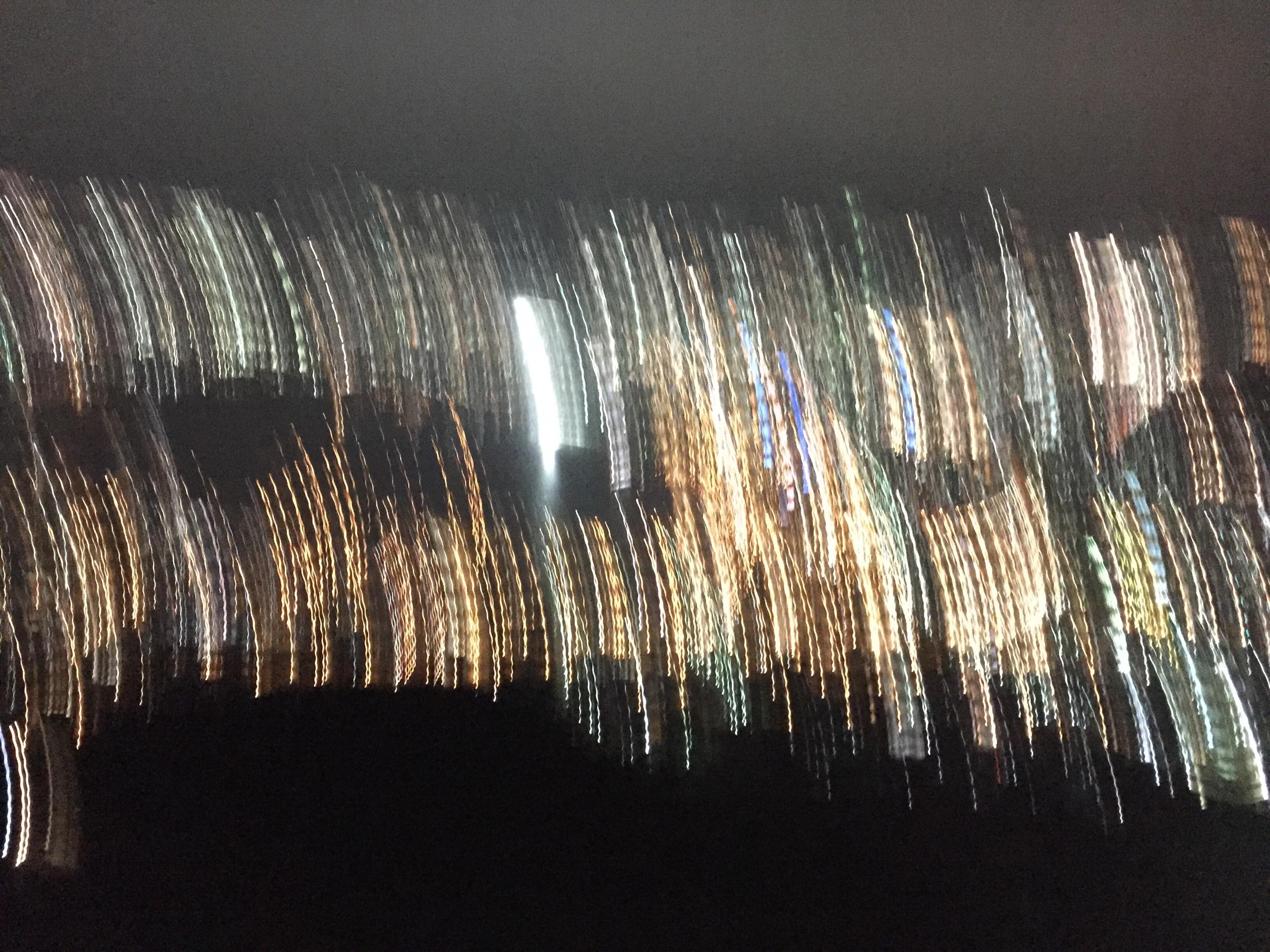
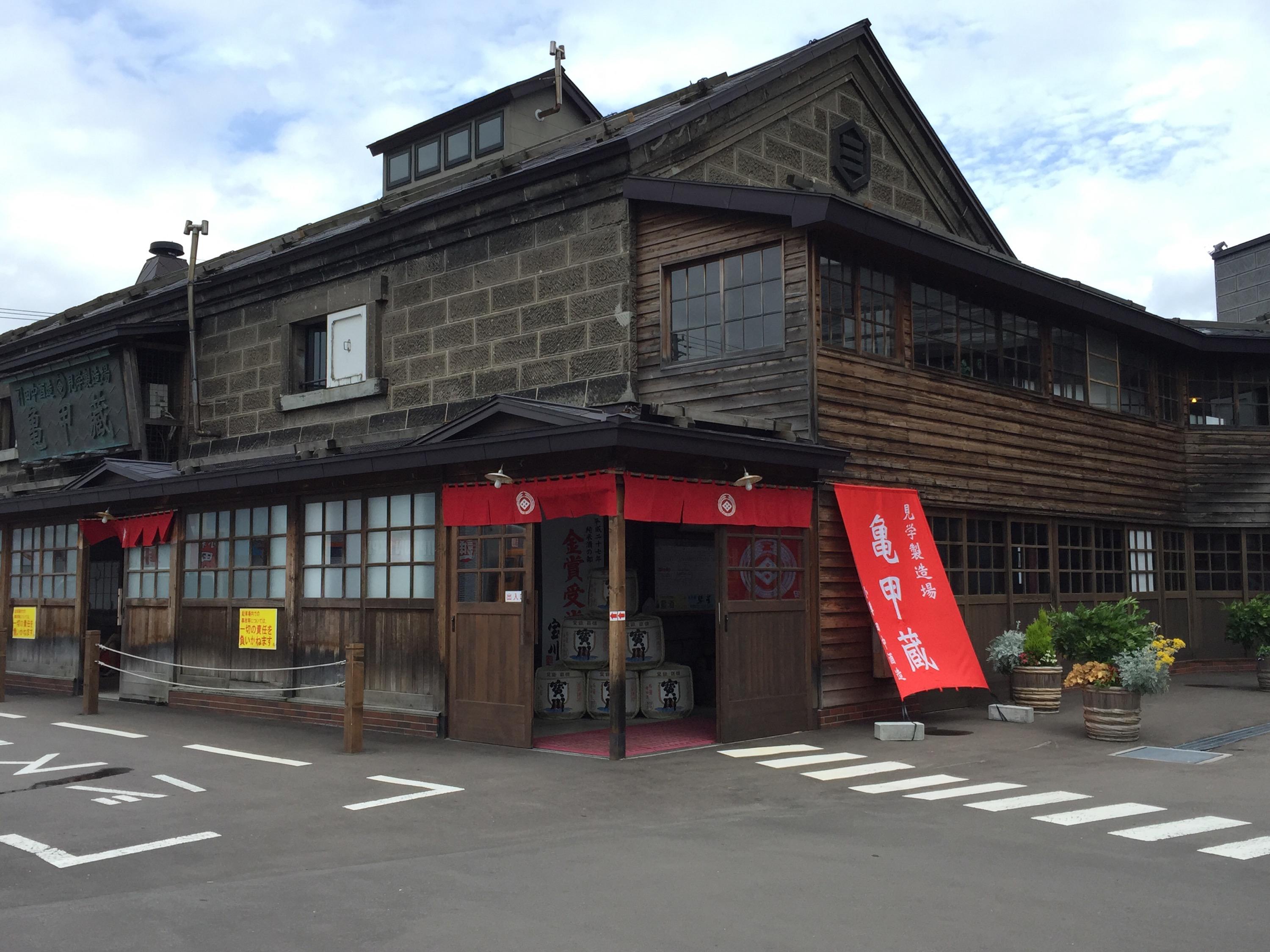
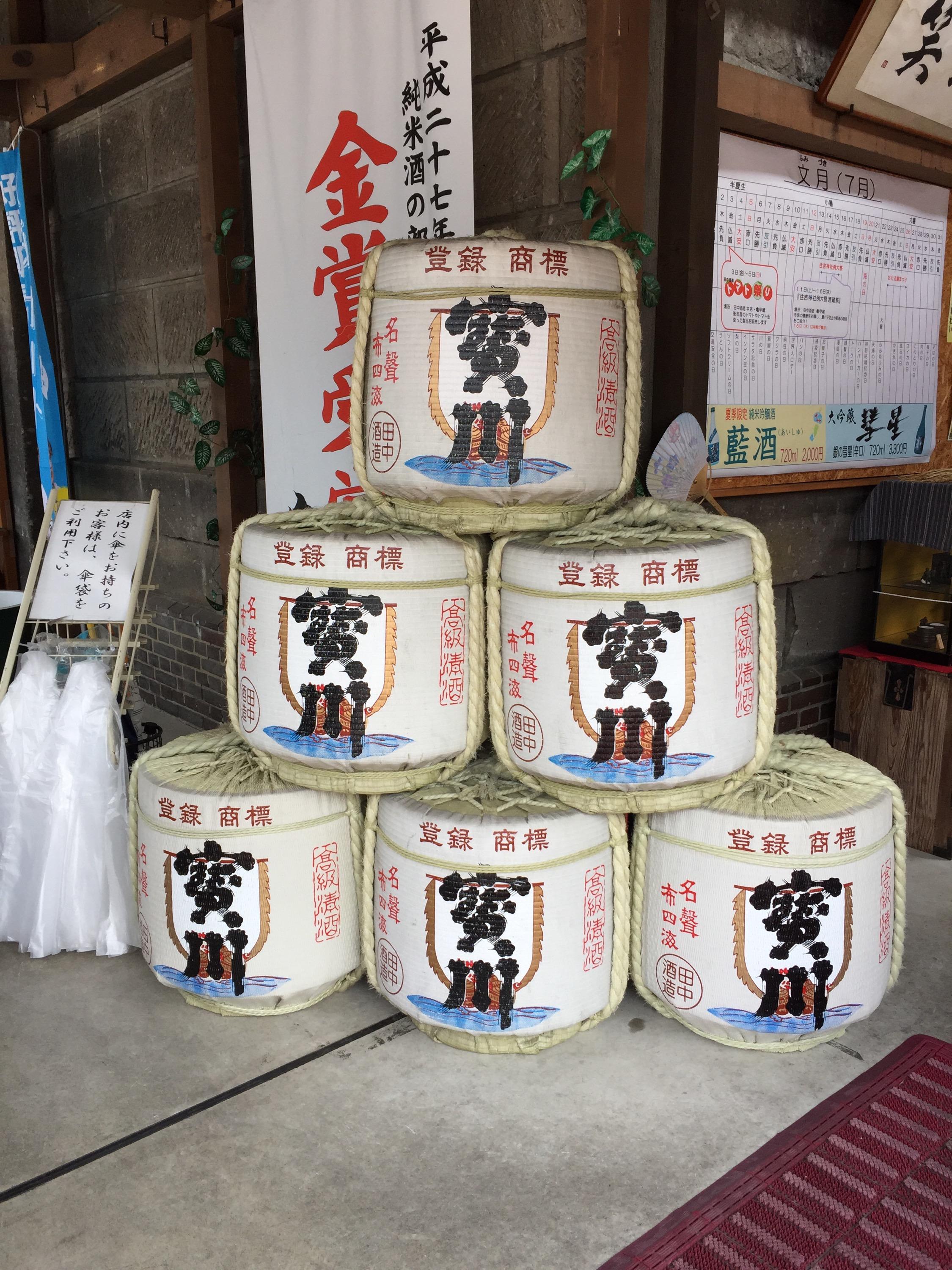


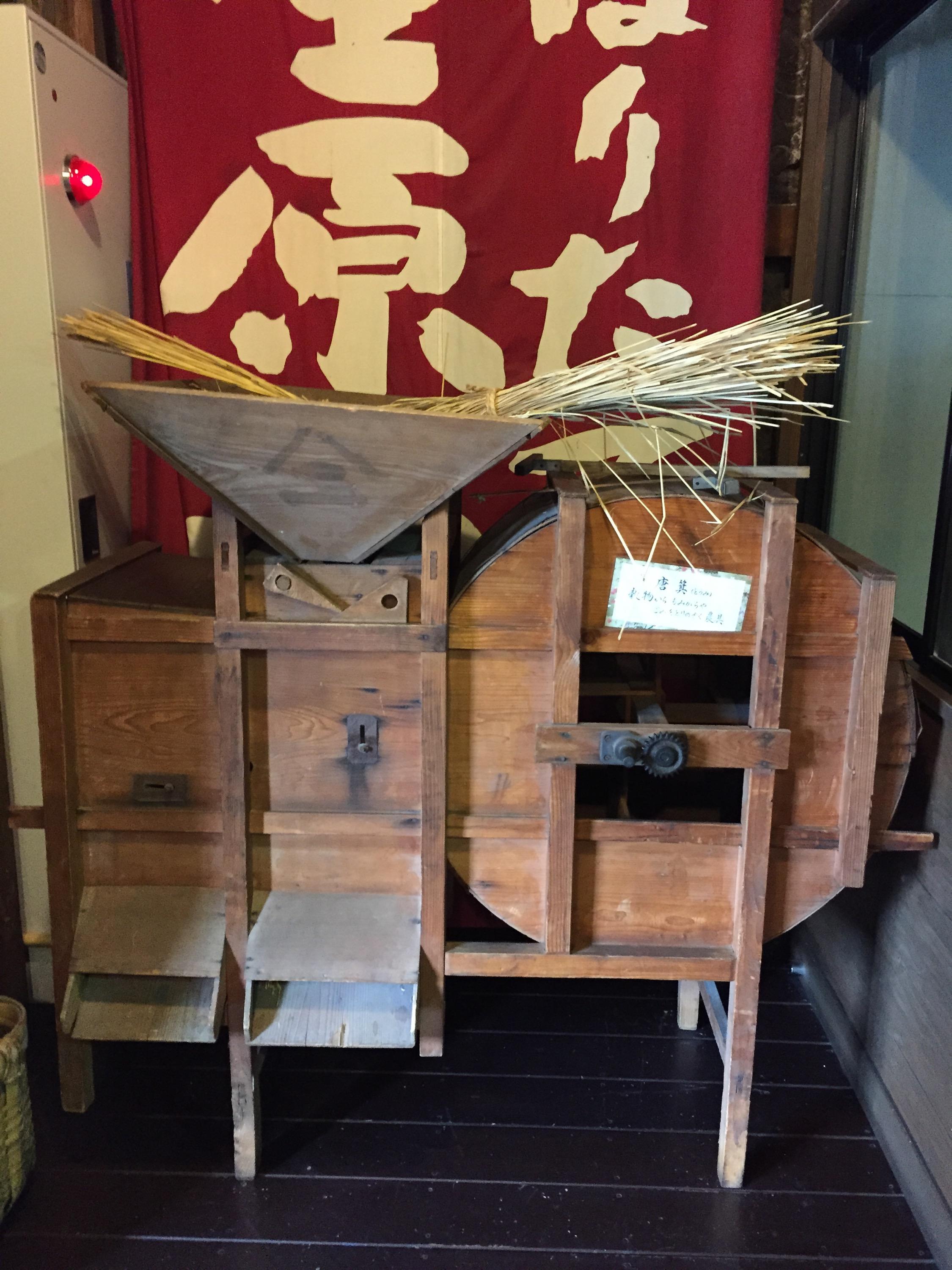

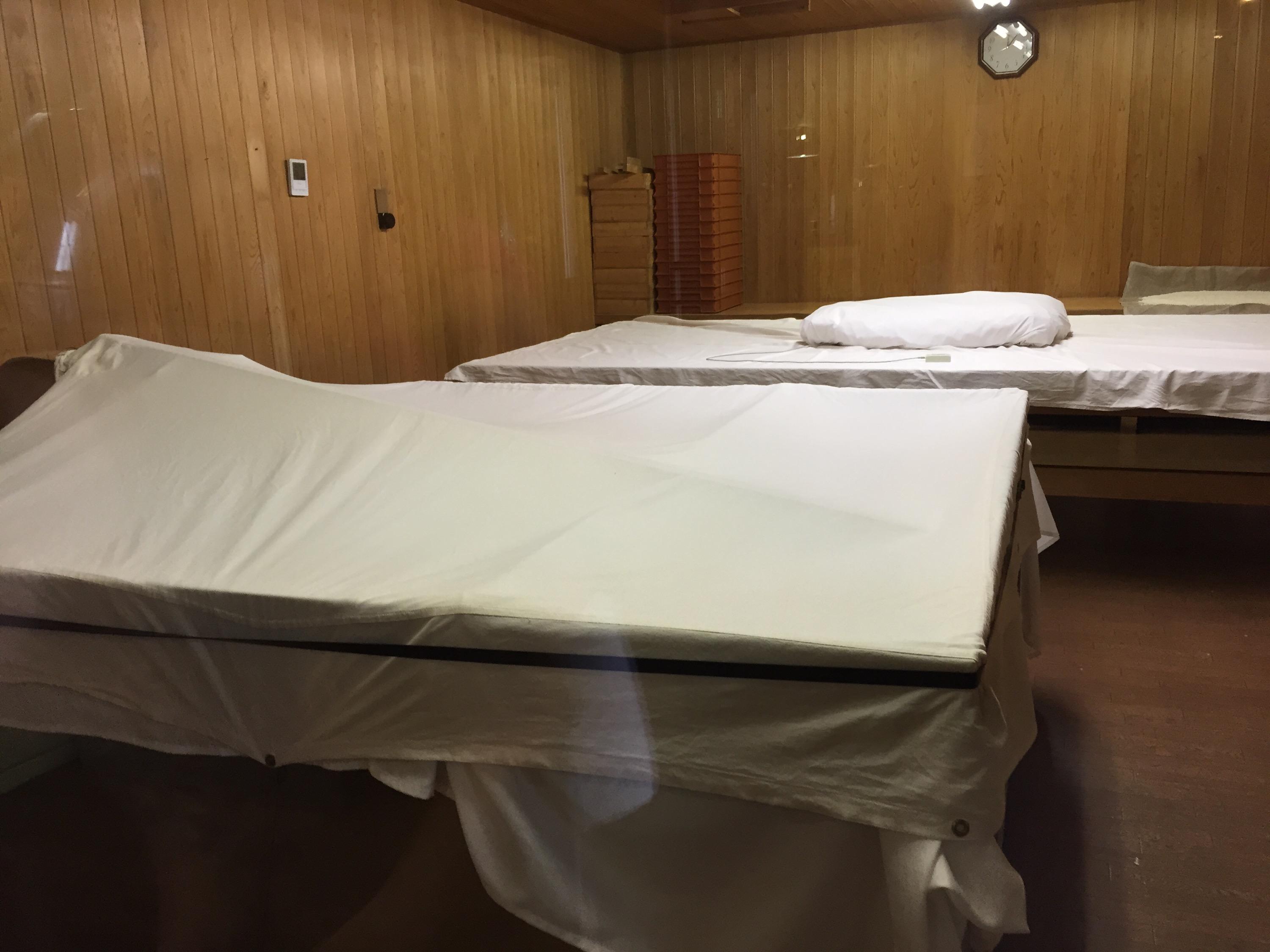
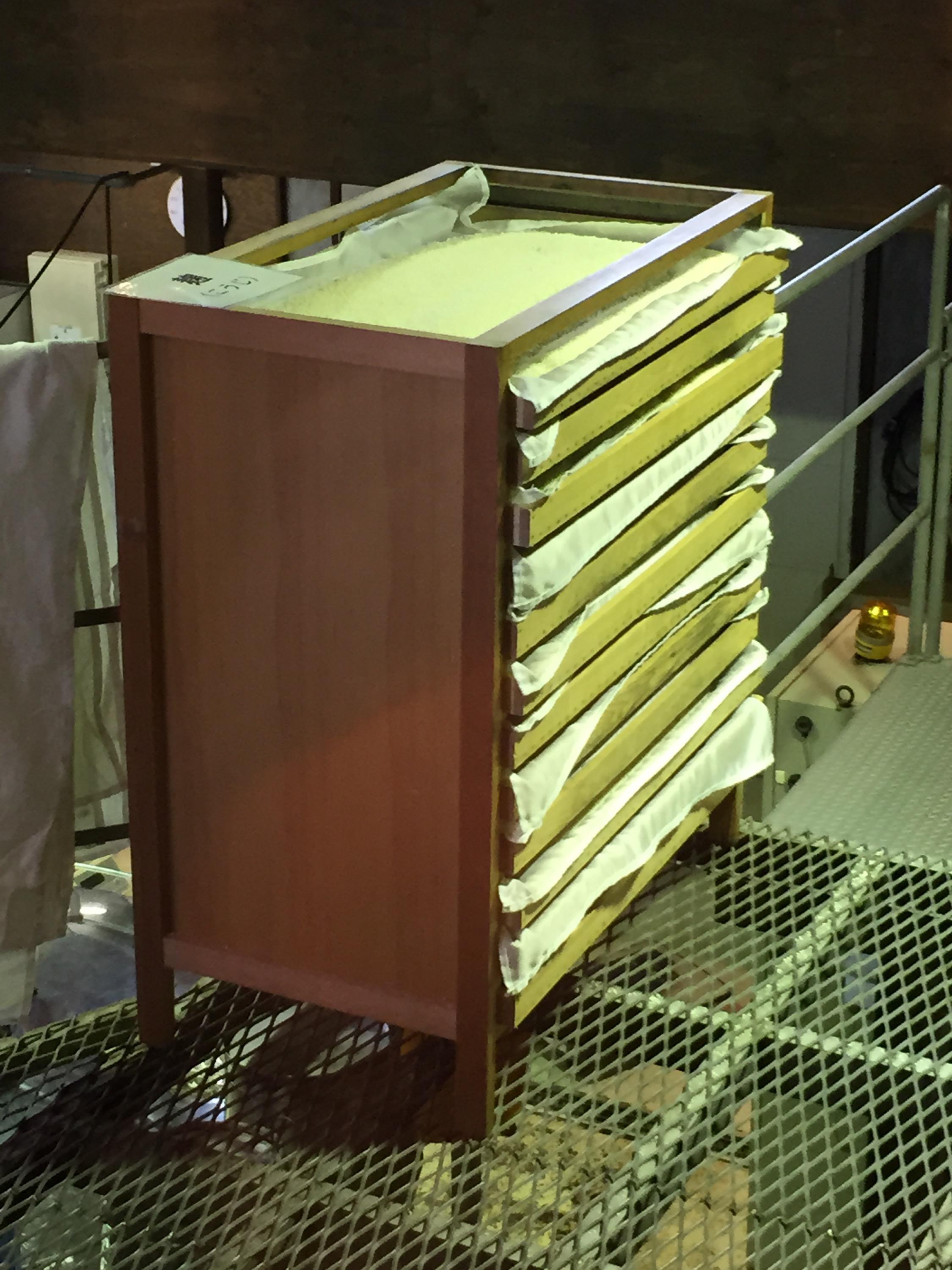

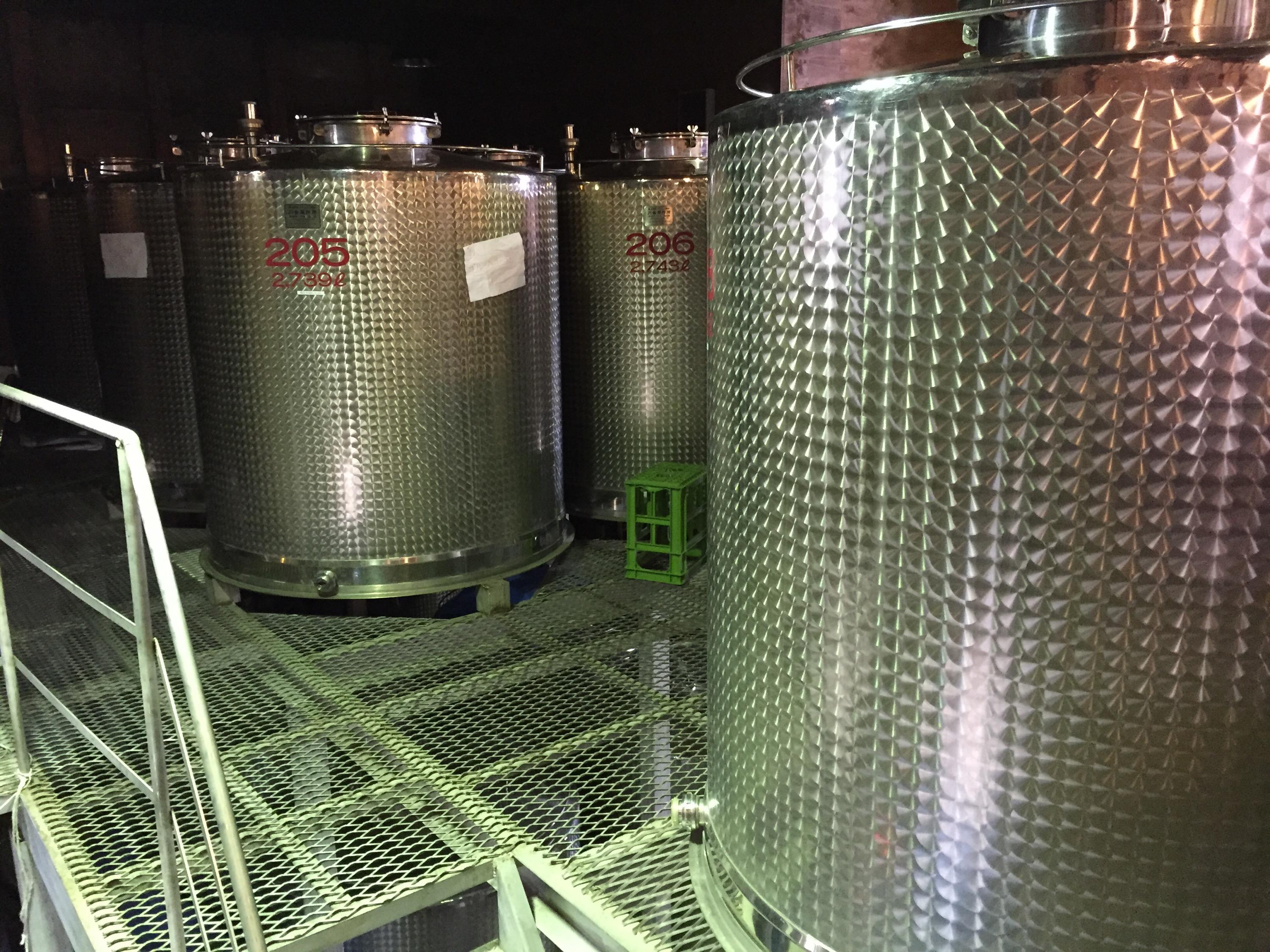
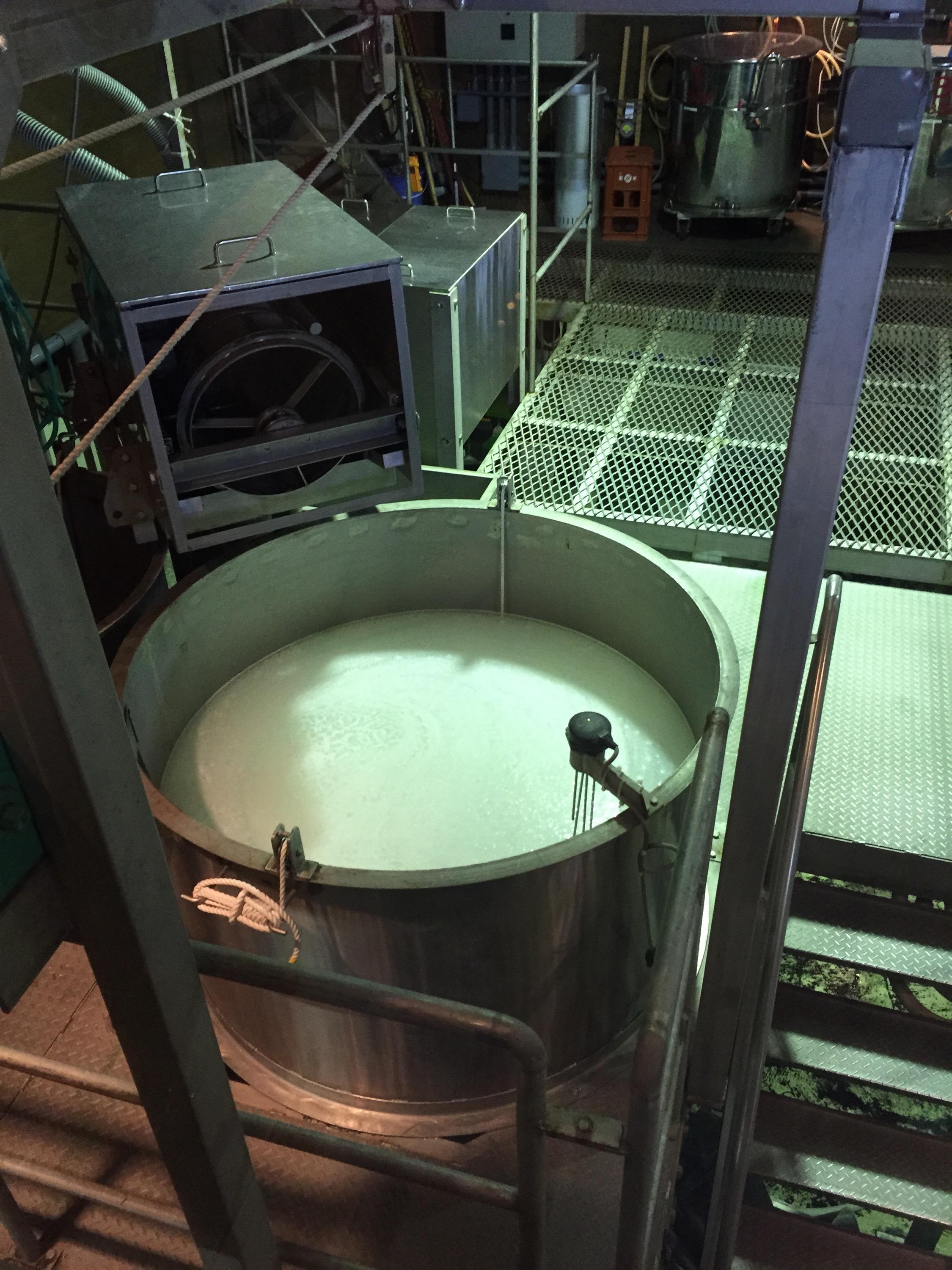
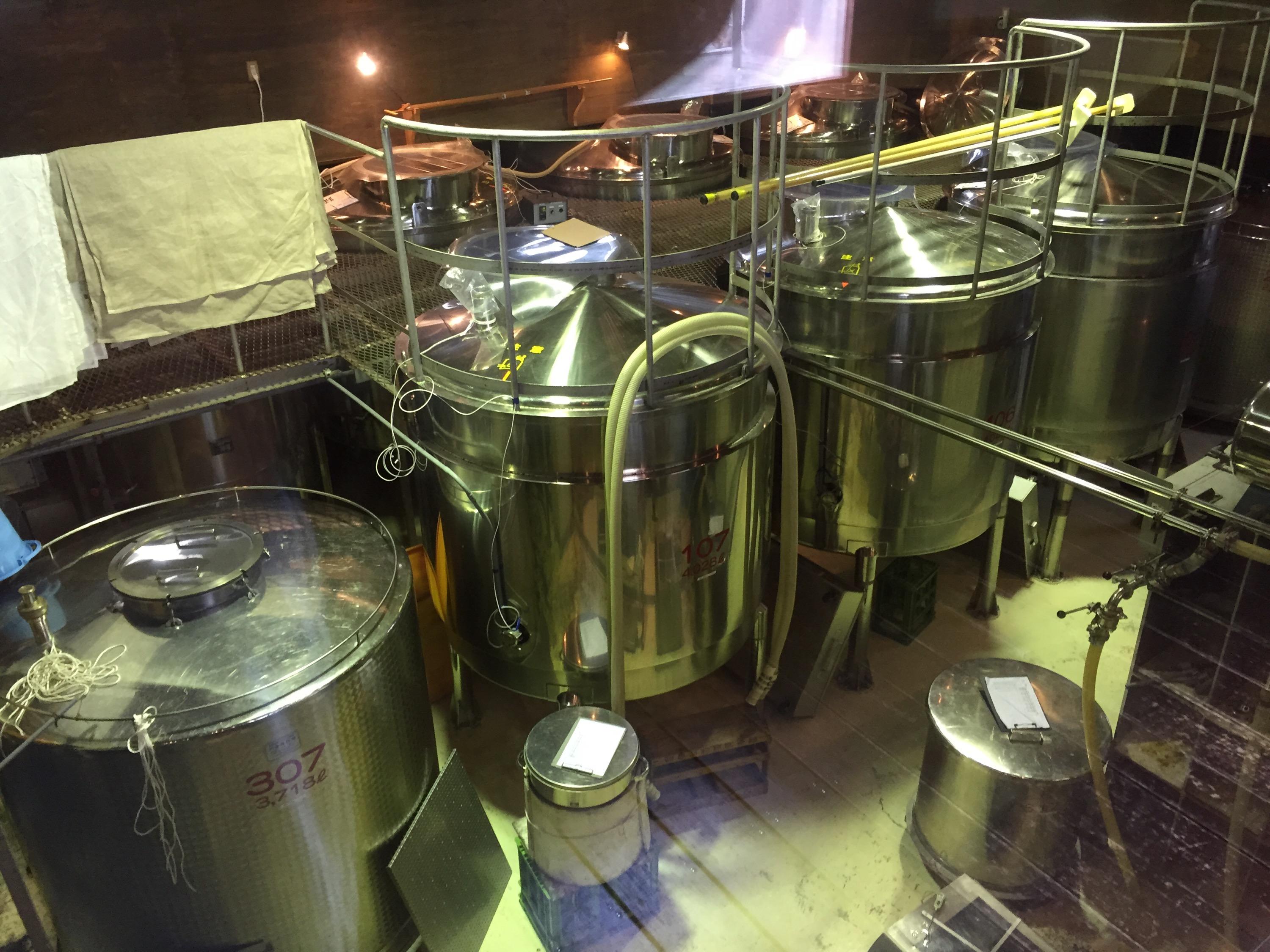


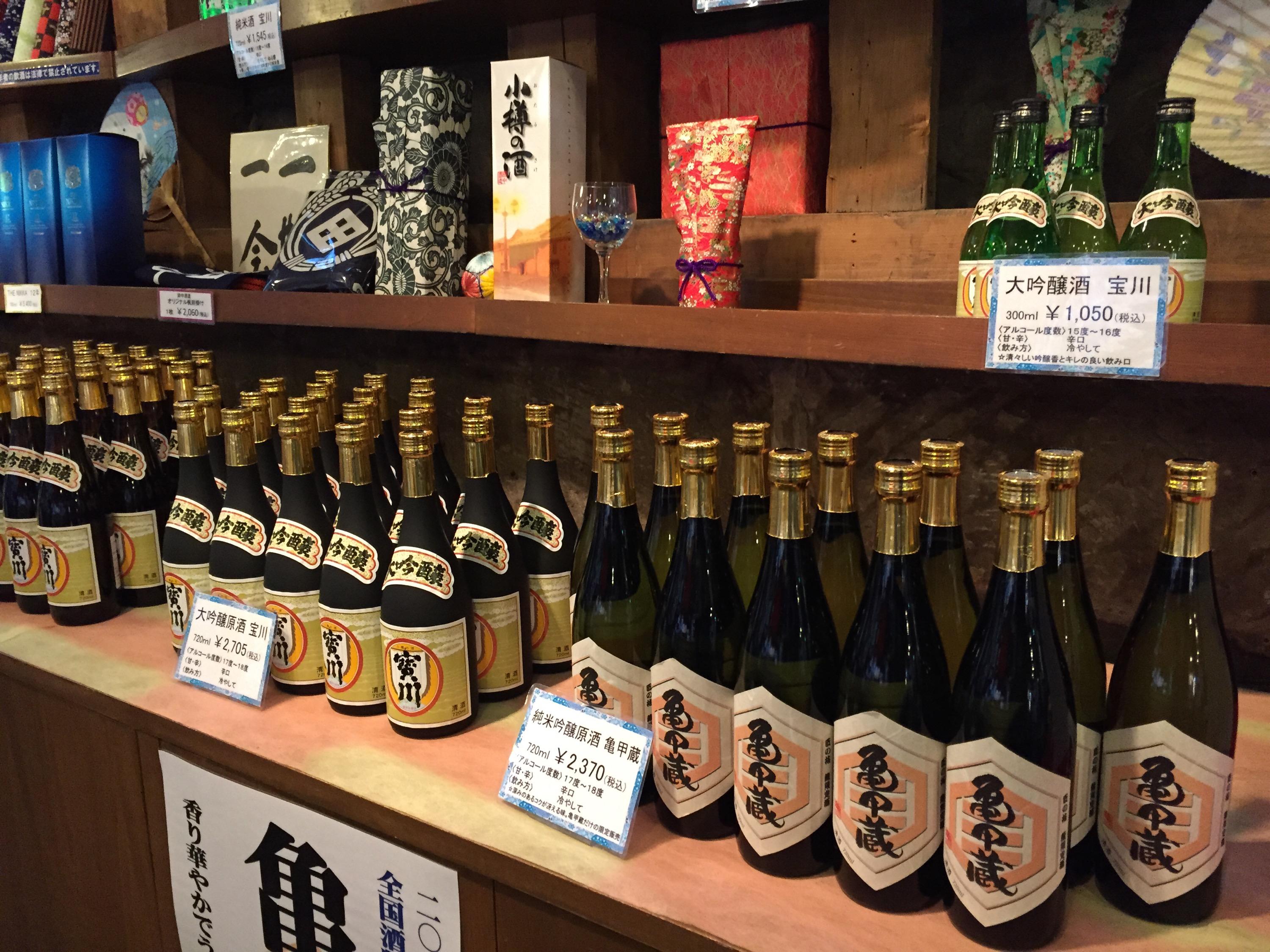




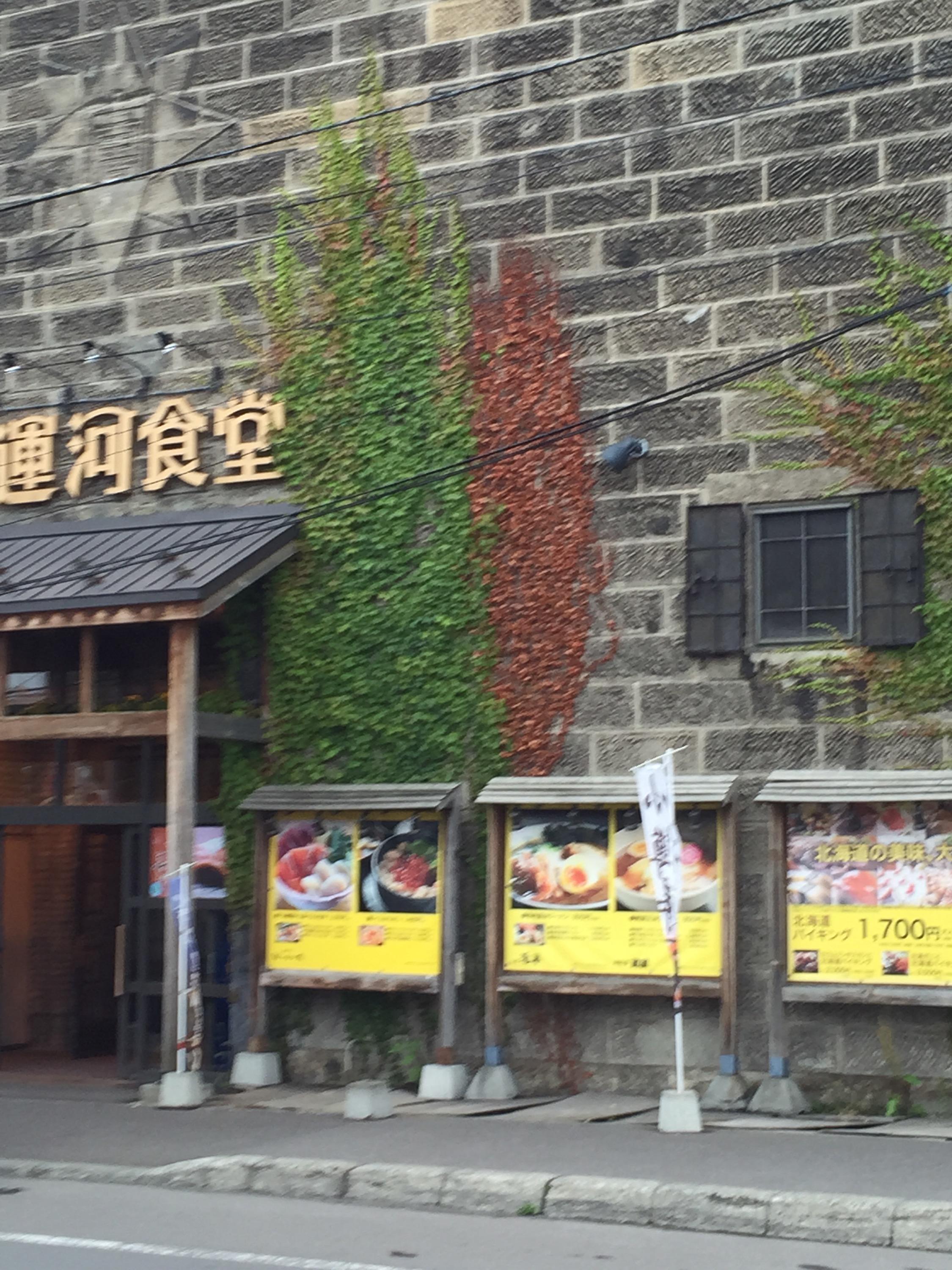
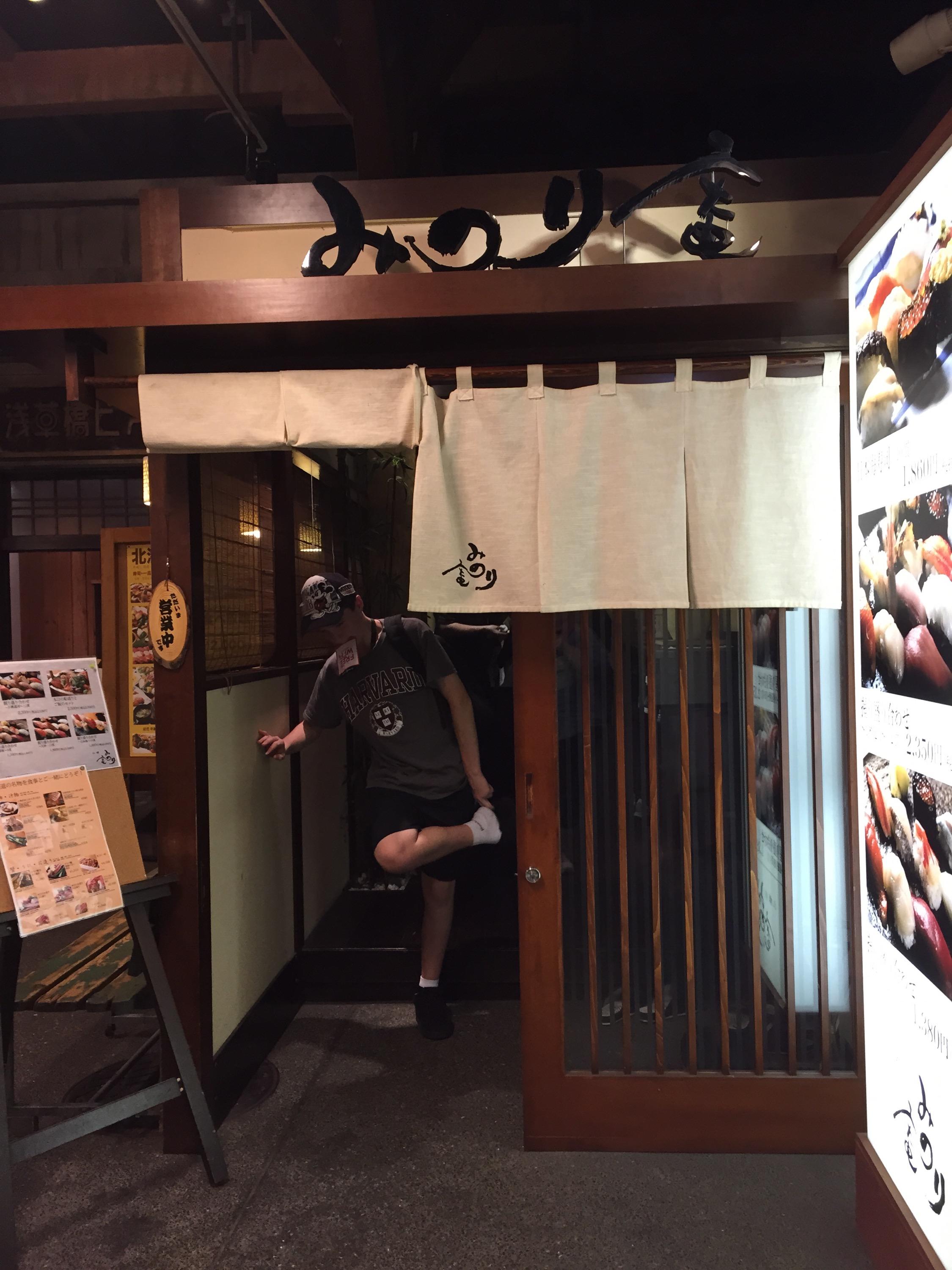






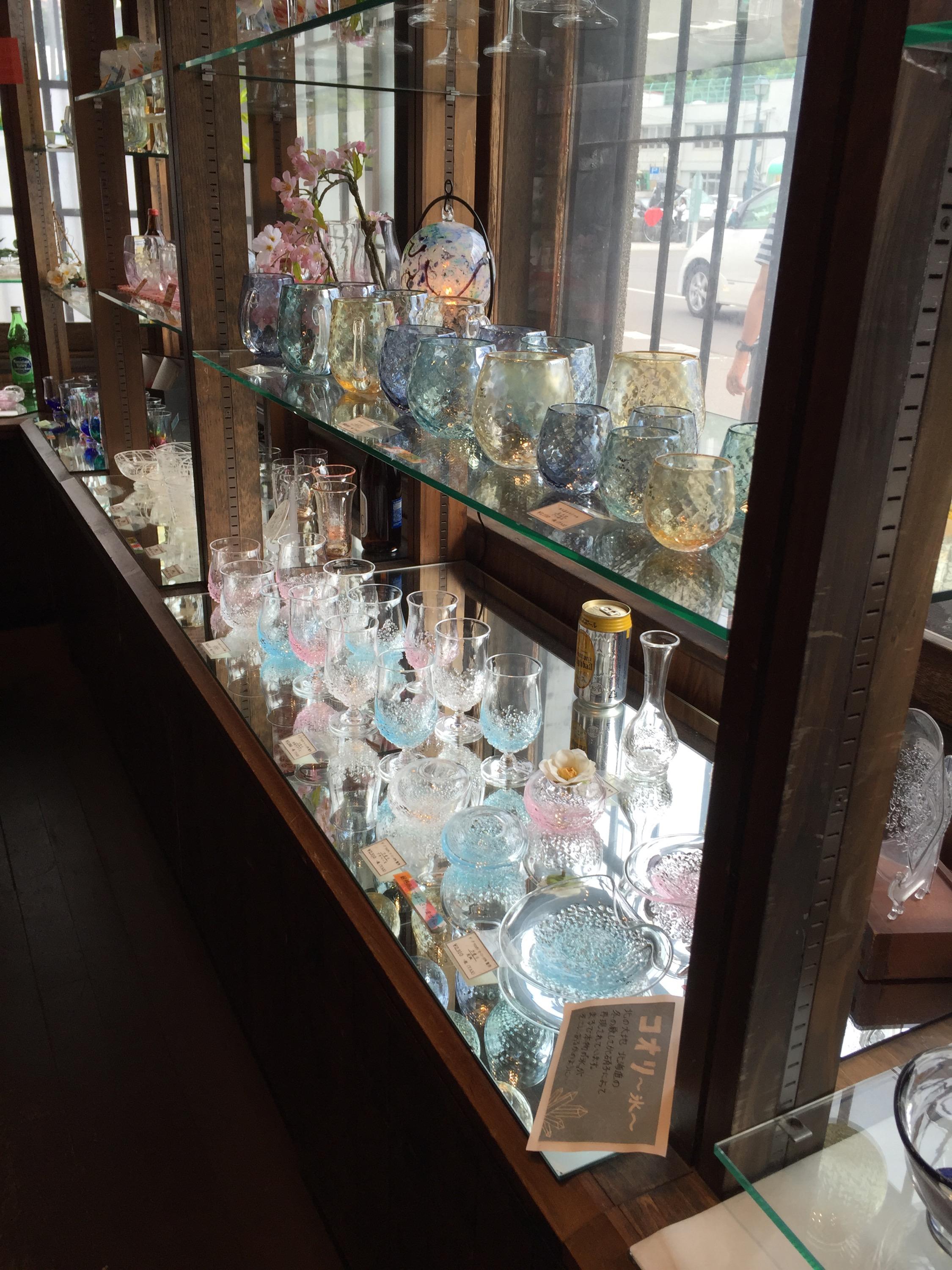

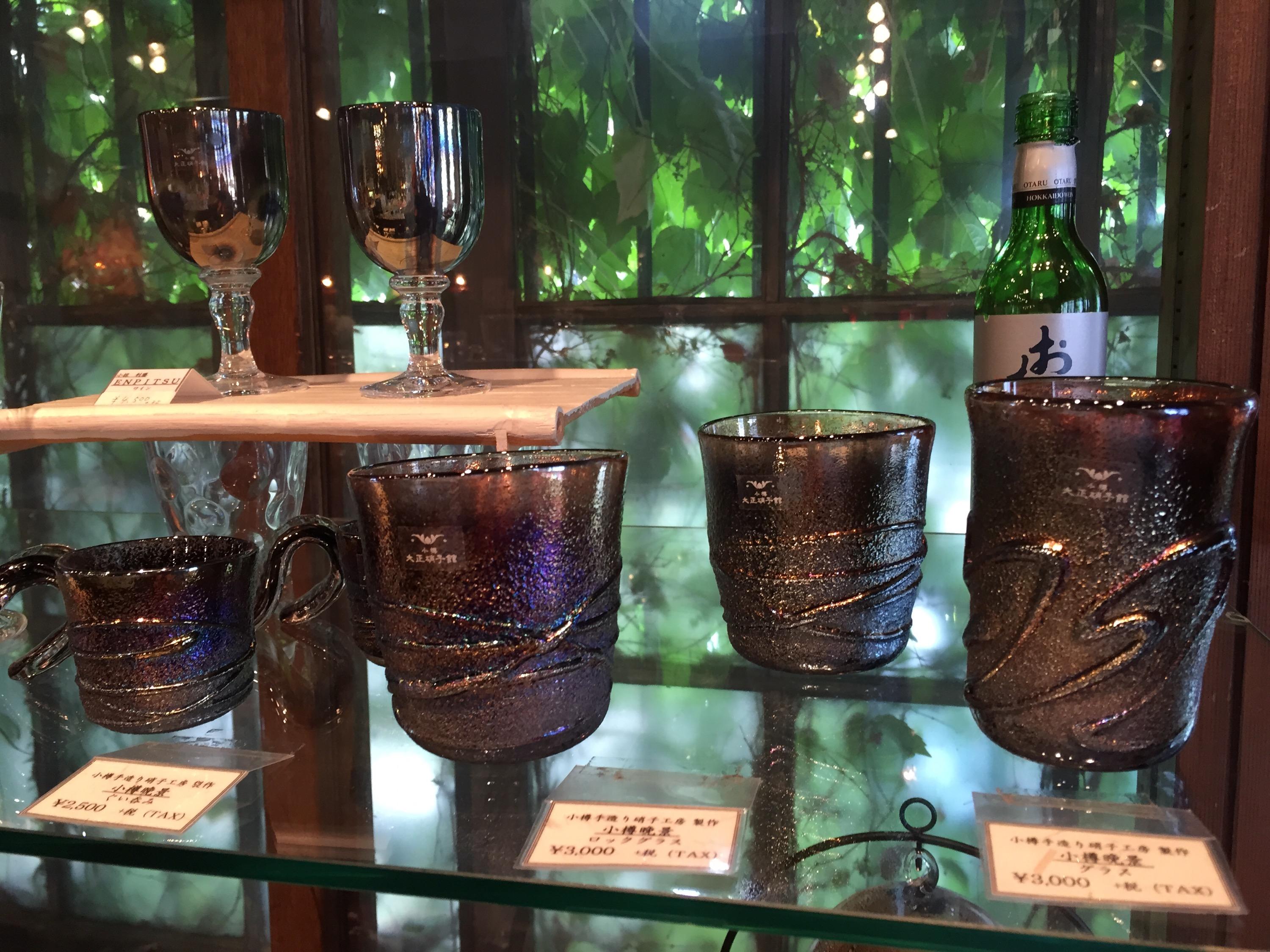




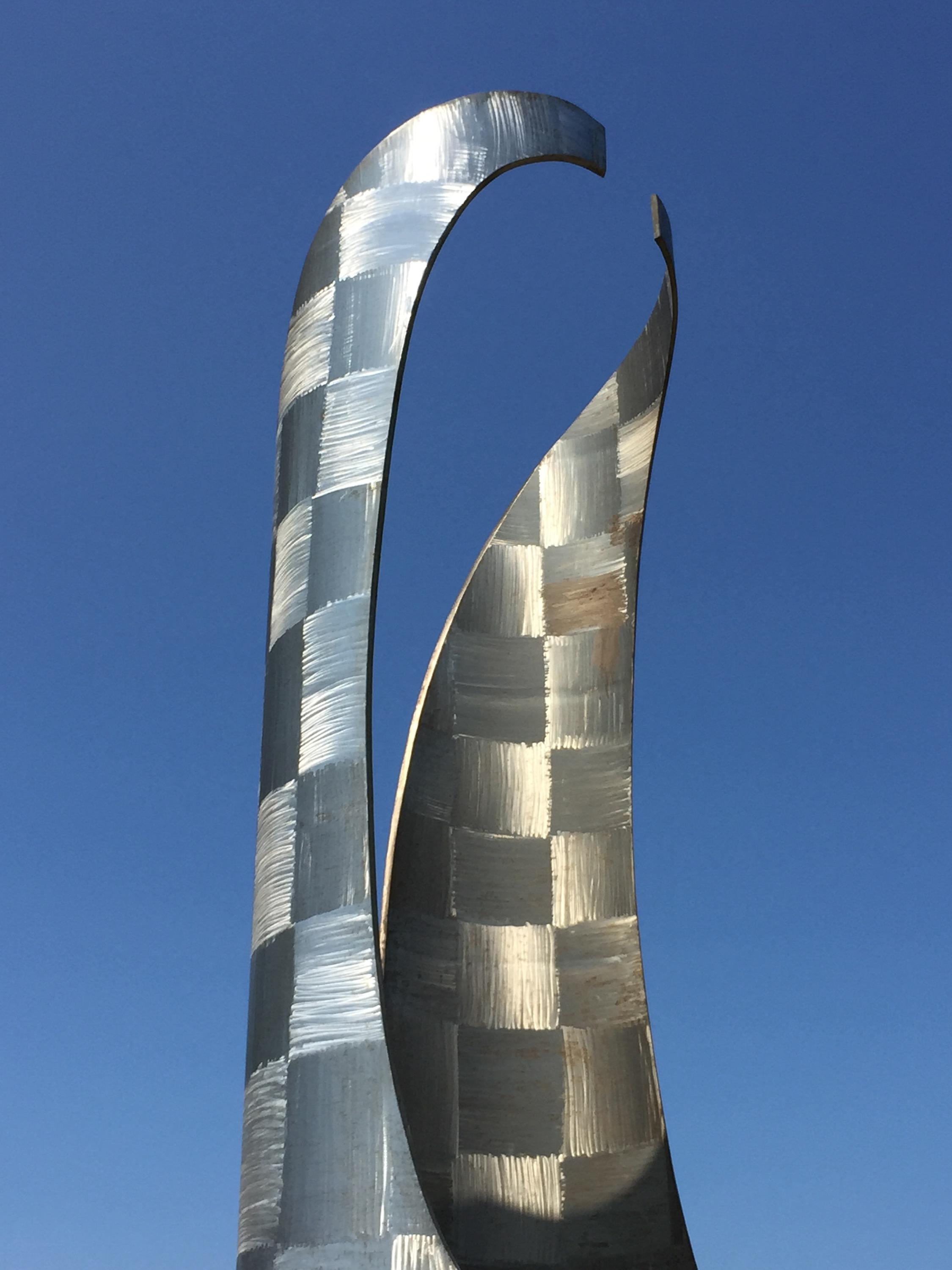
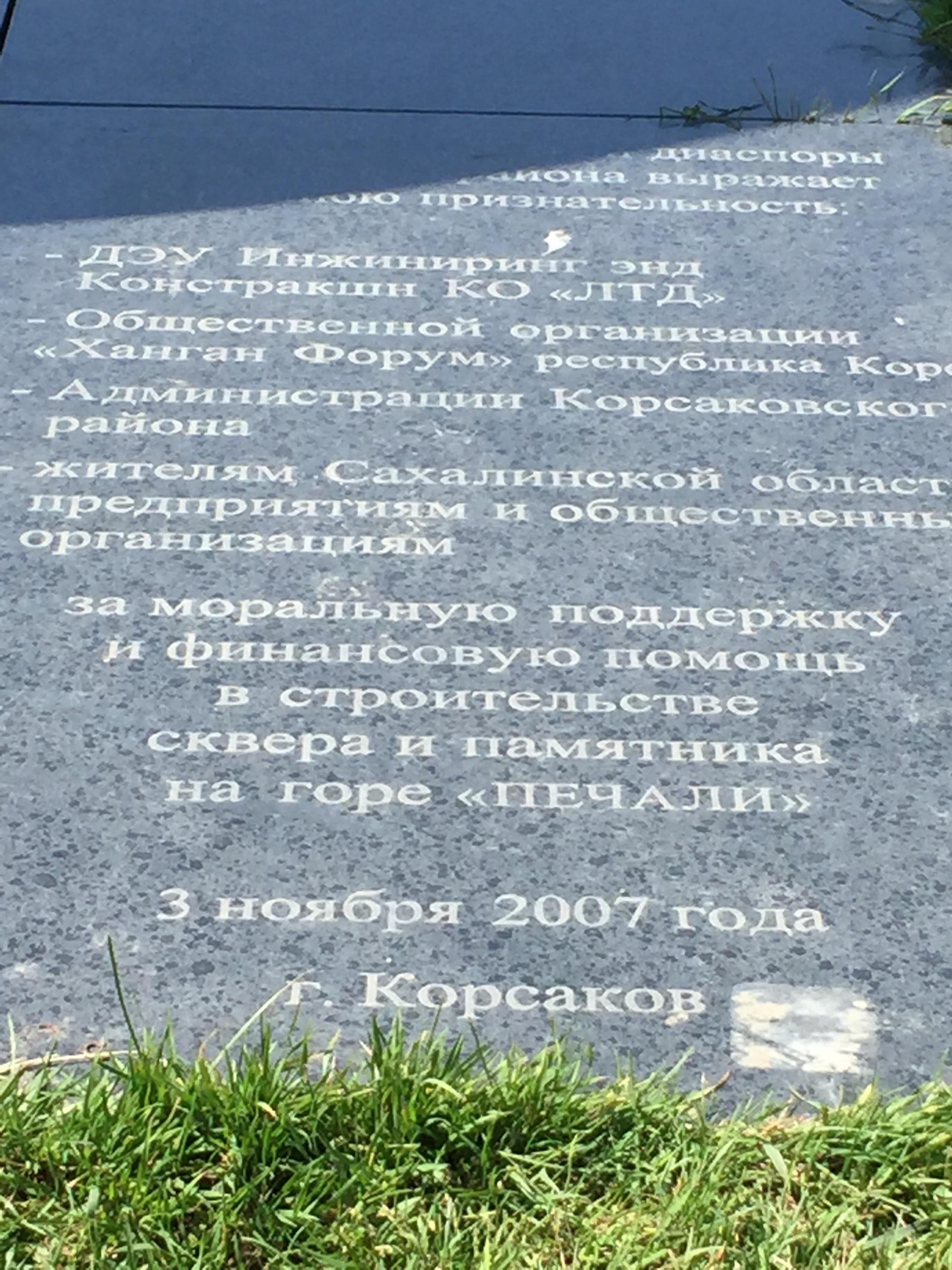



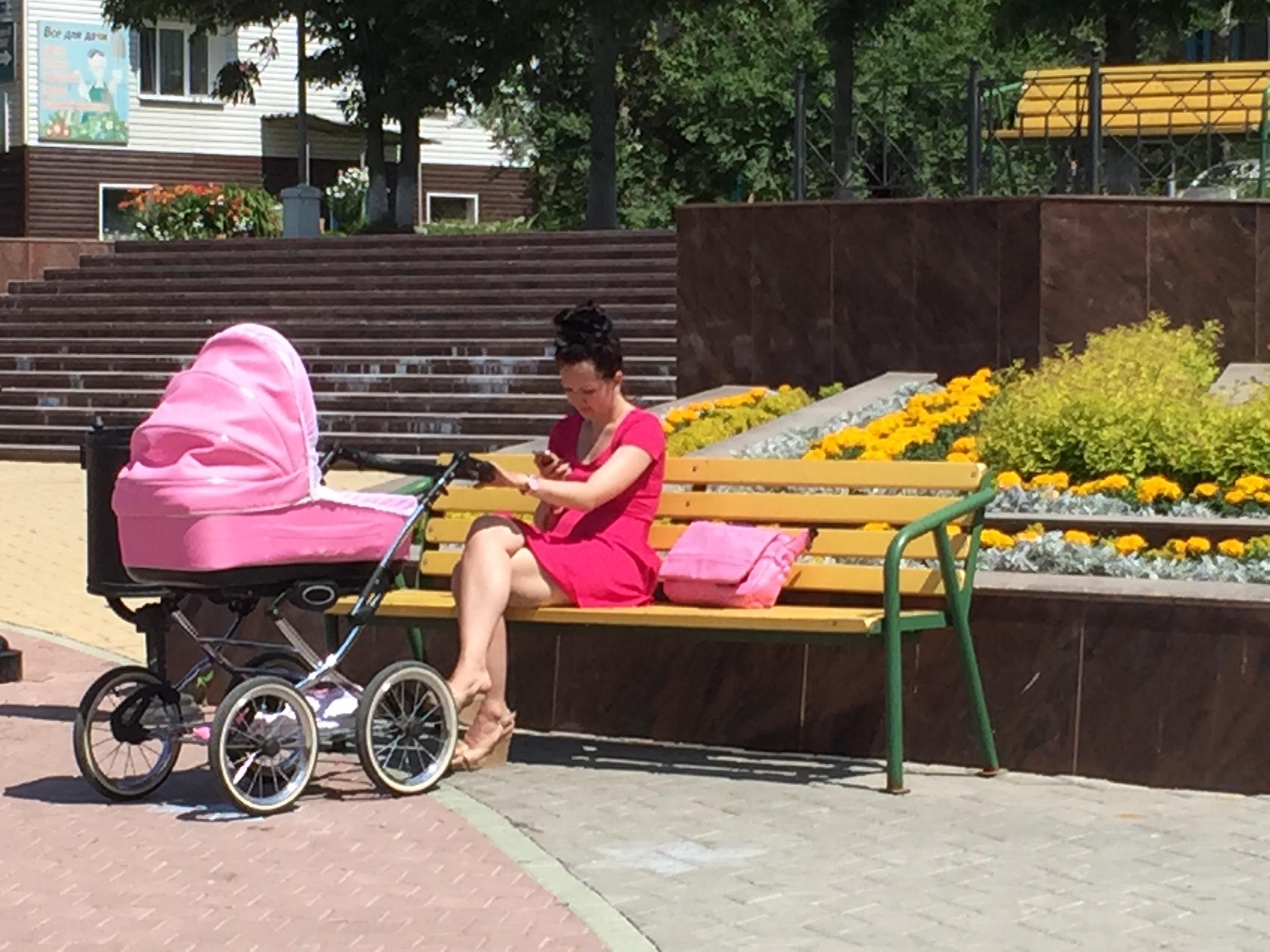



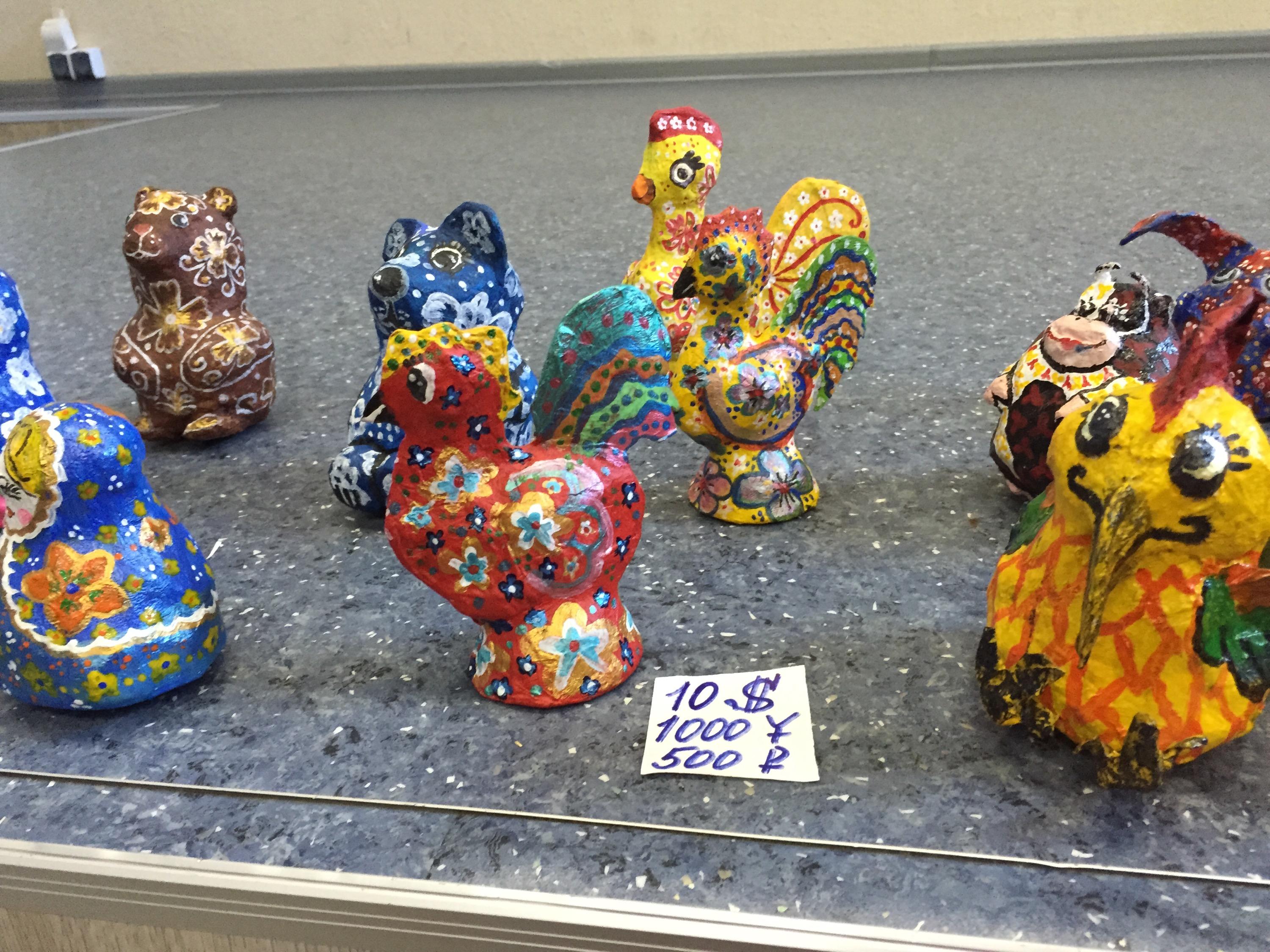



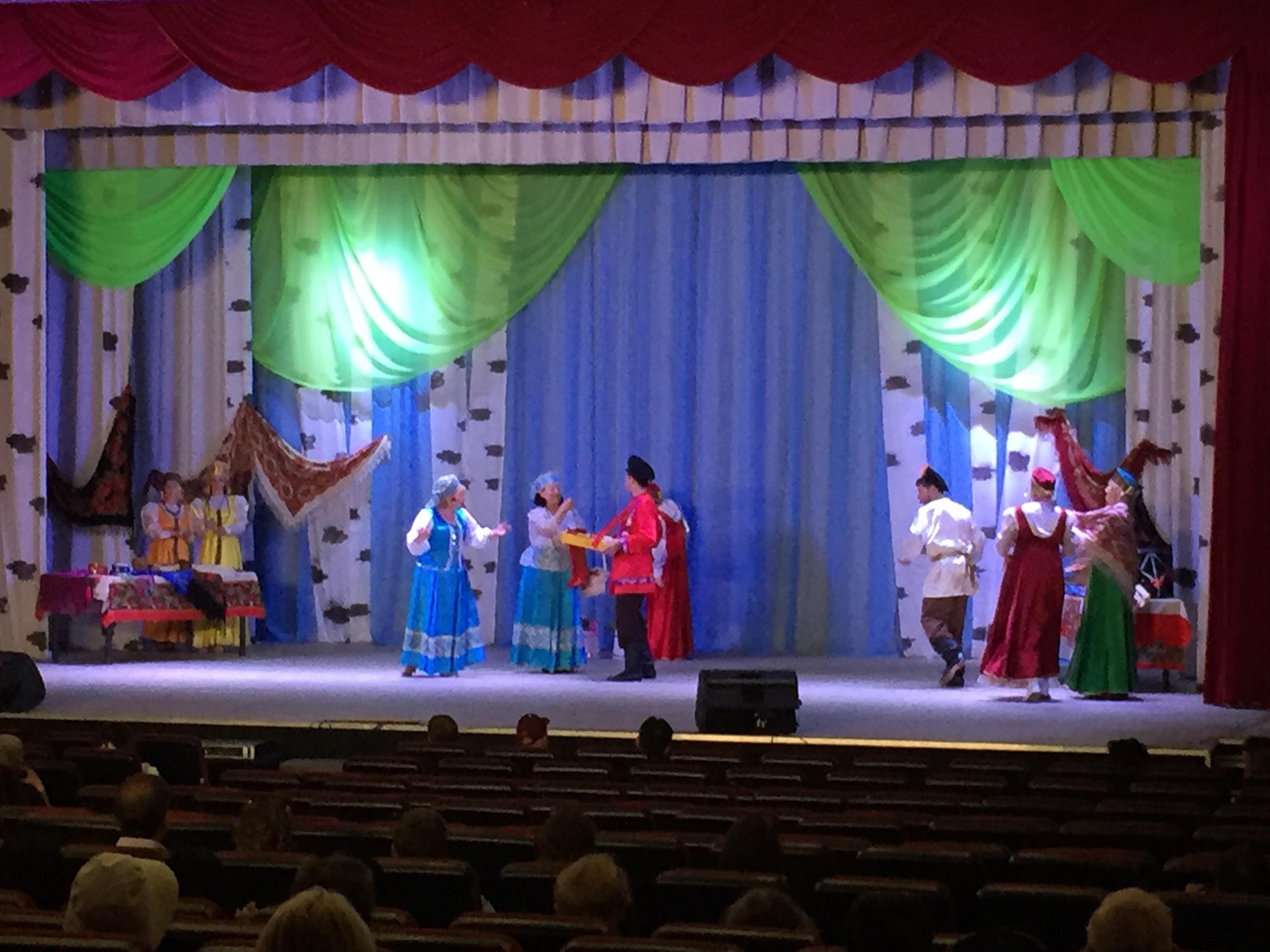
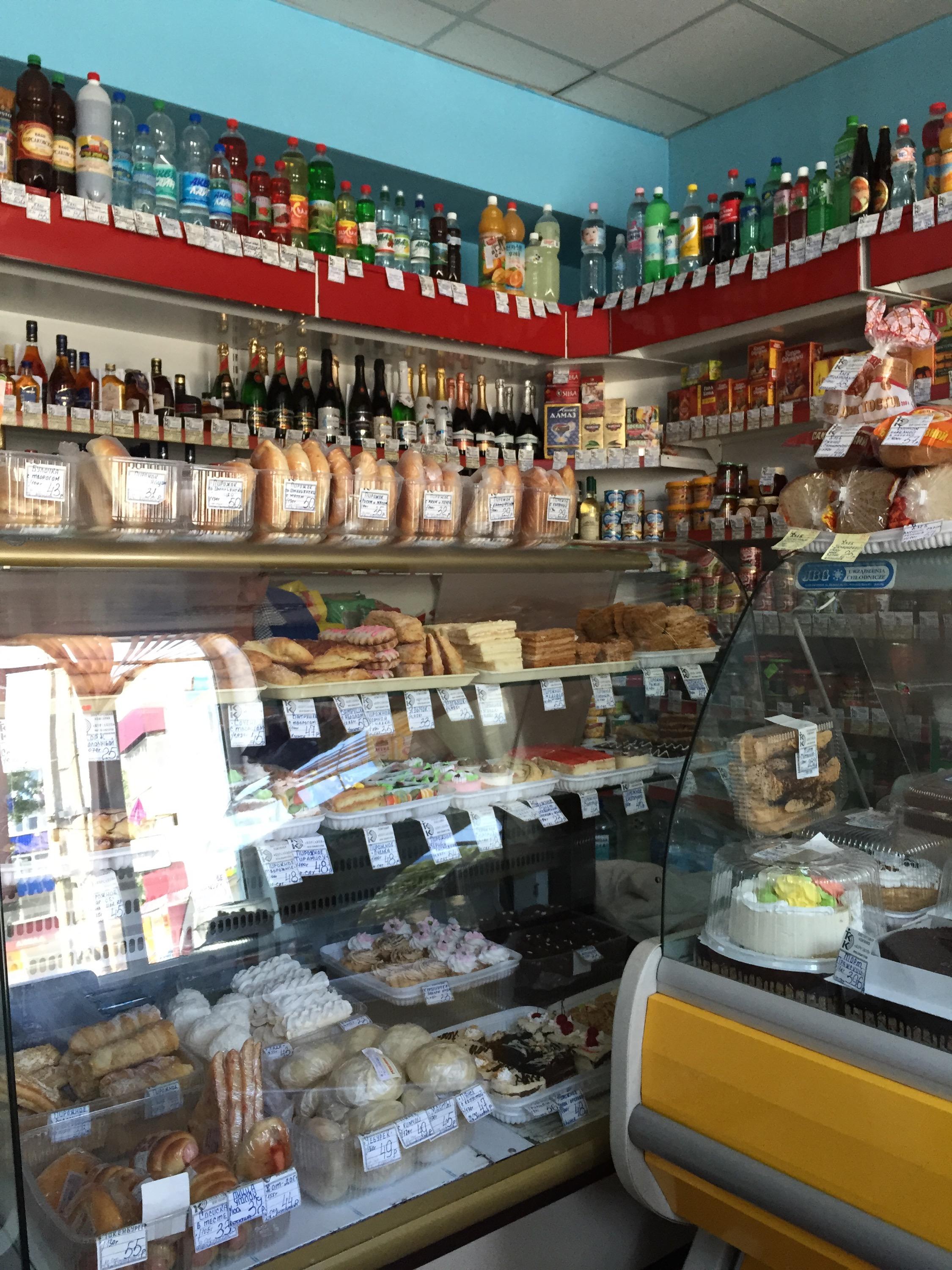

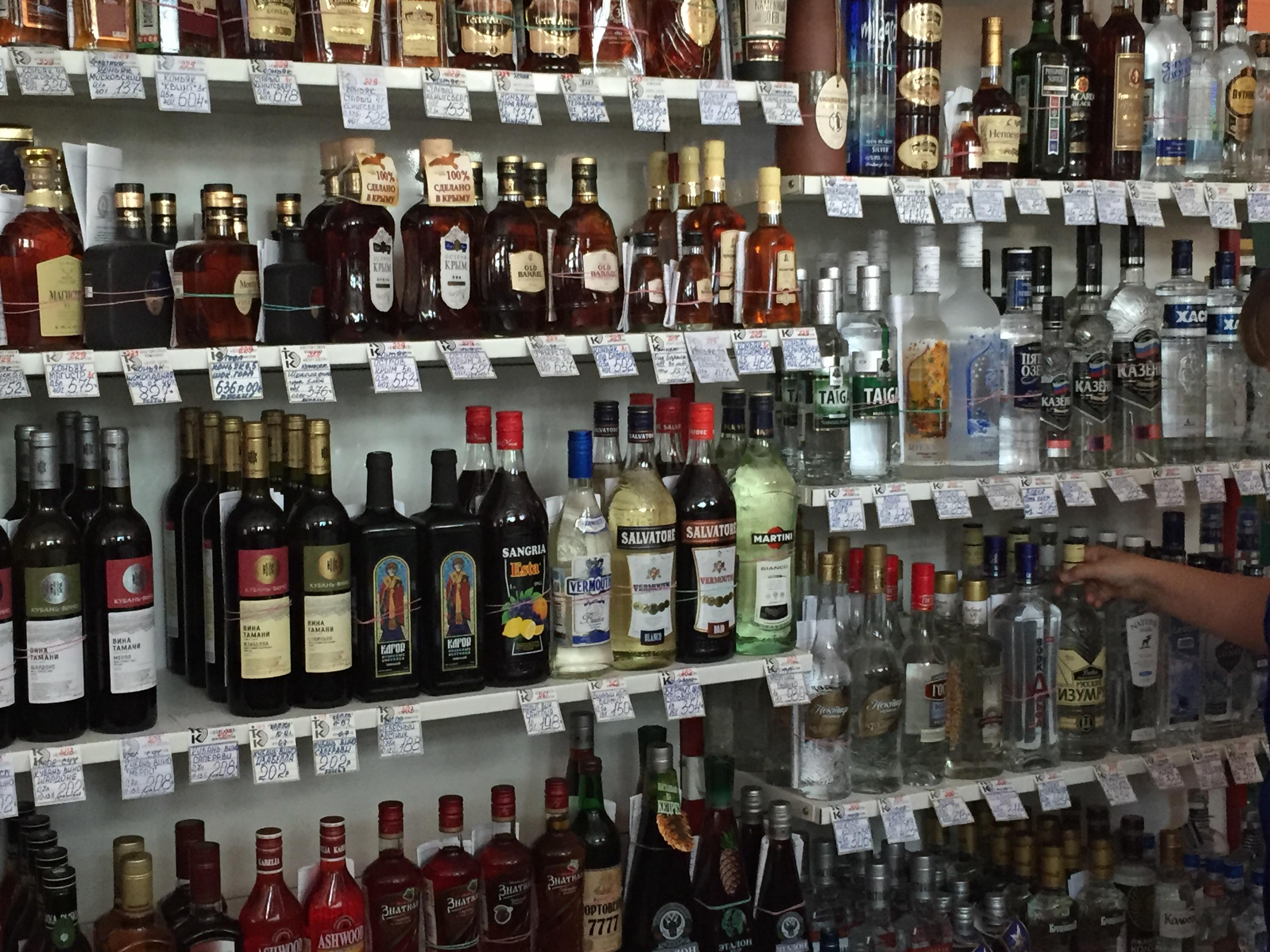

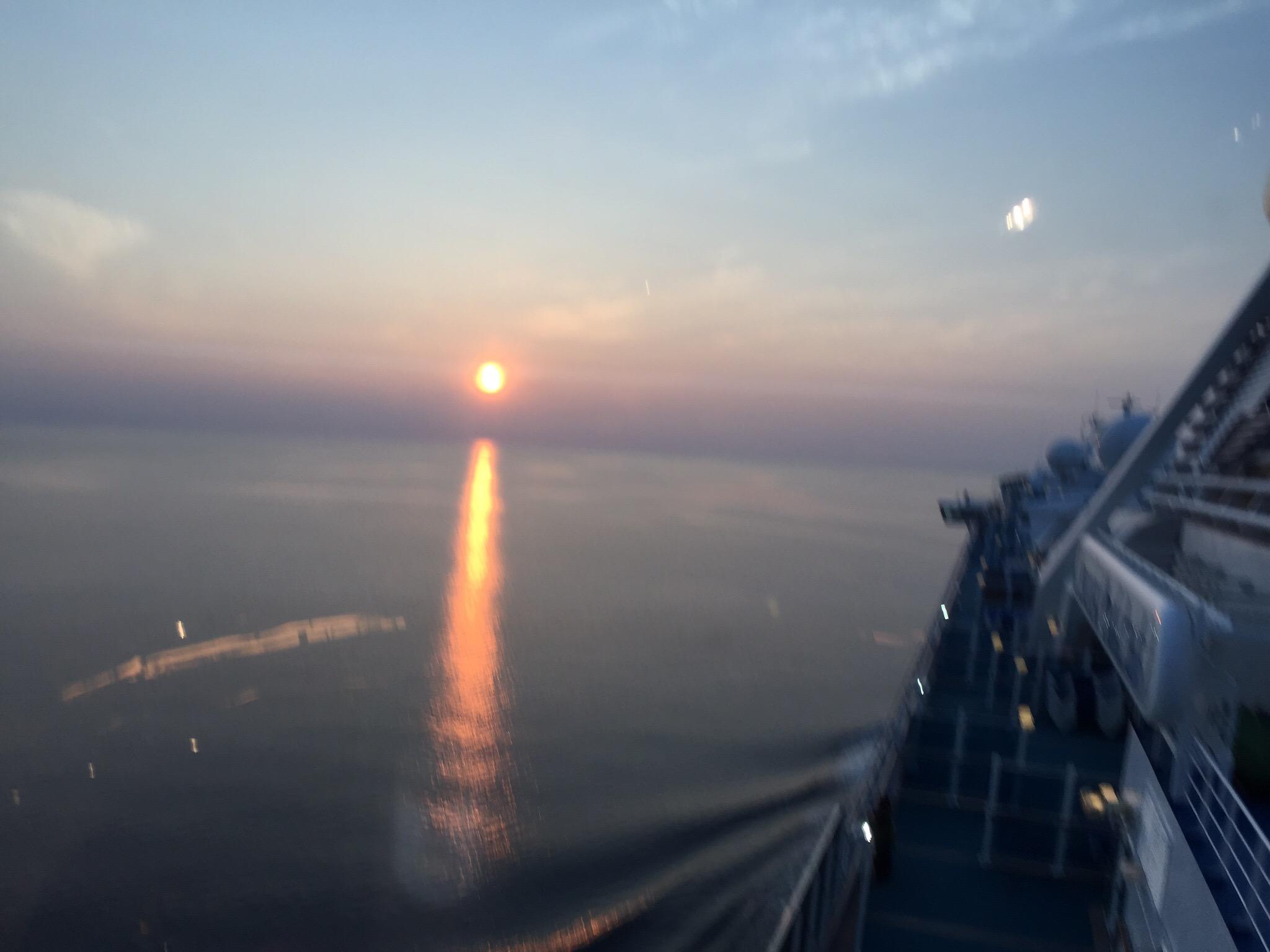
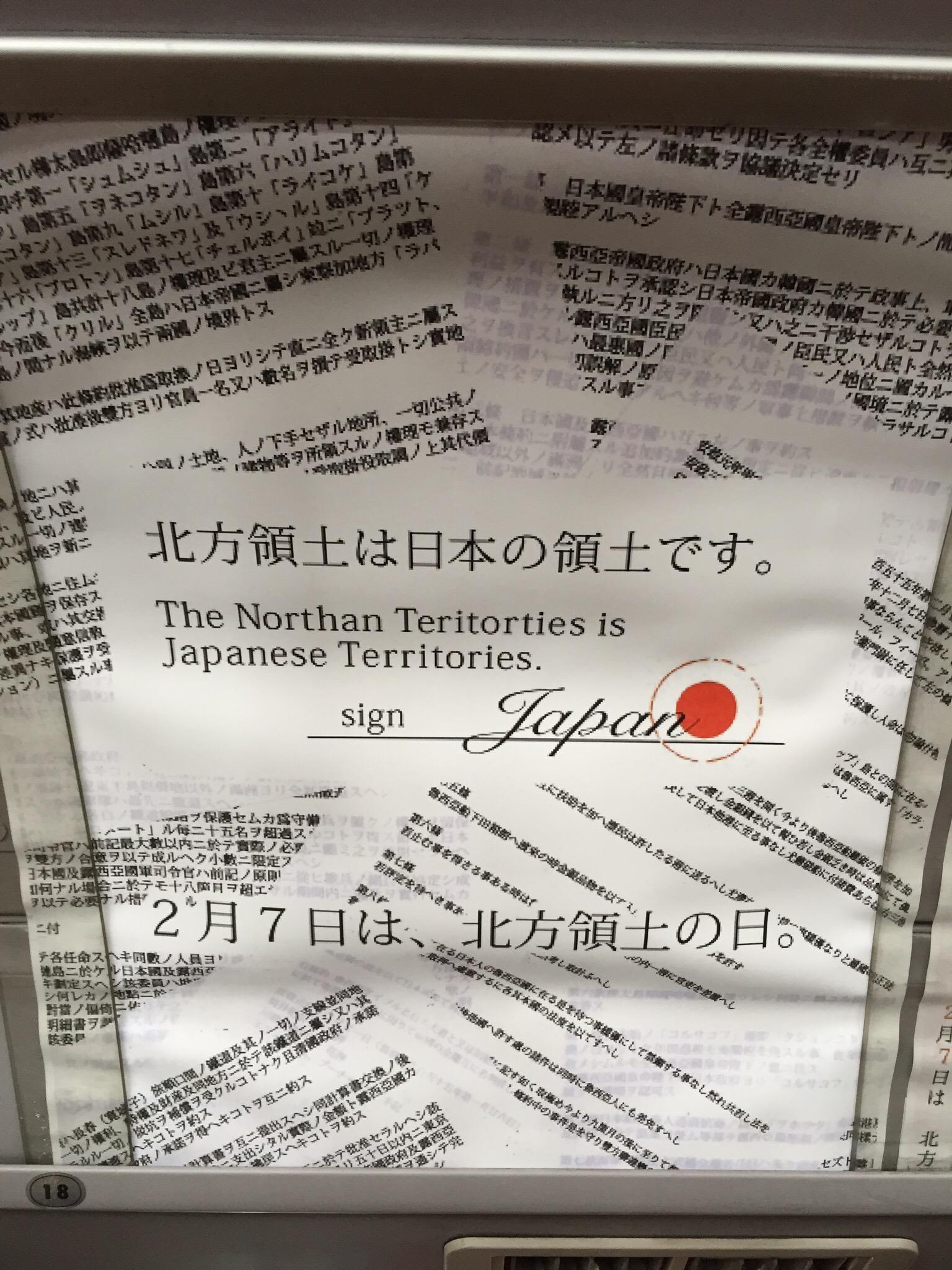

 Bother. Instead, we ended up going to a marketplace called MOO. O.o
Bother. Instead, we ended up going to a marketplace called MOO. O.o